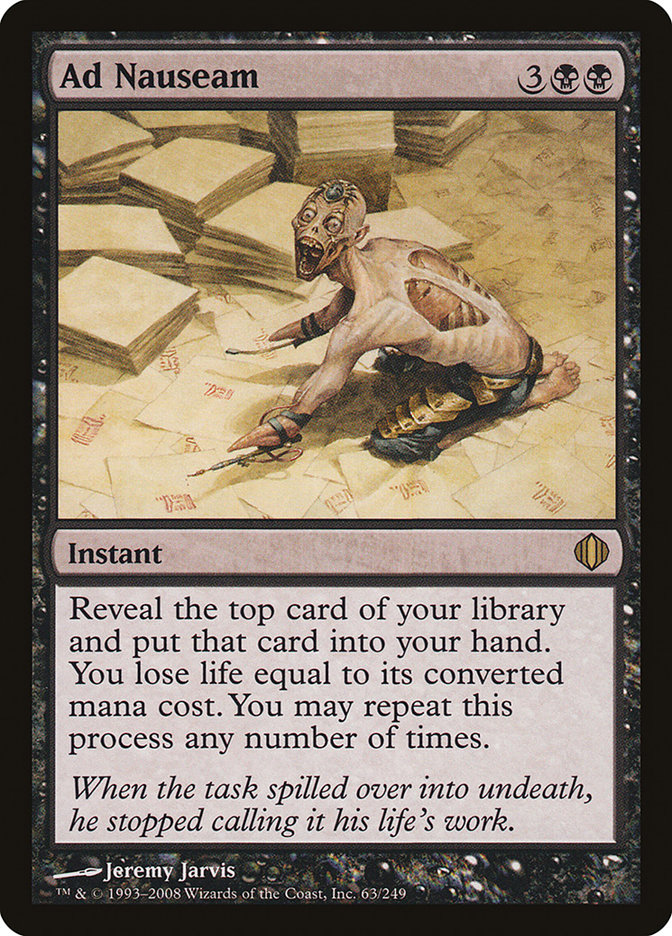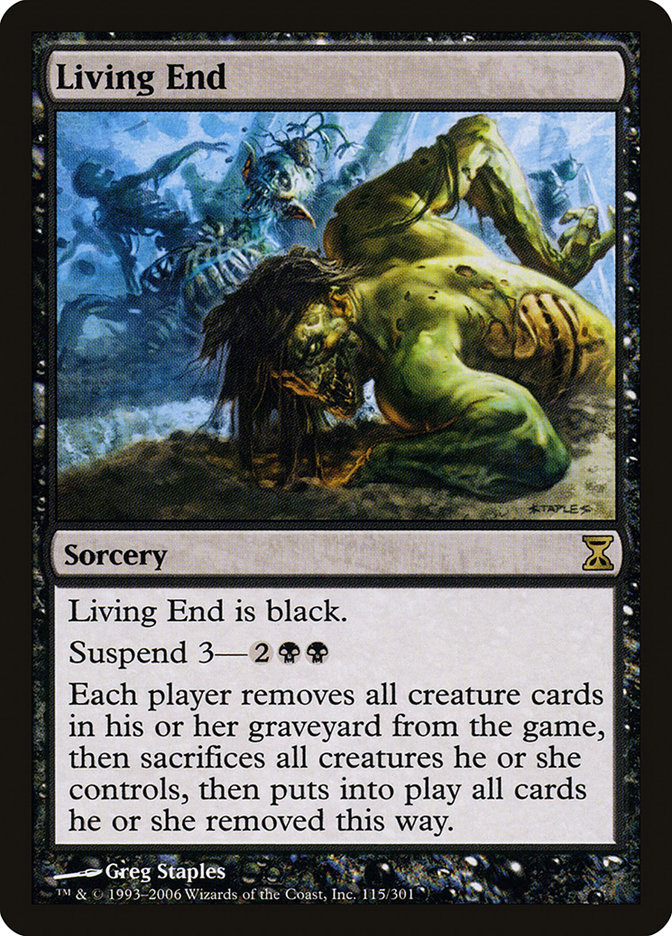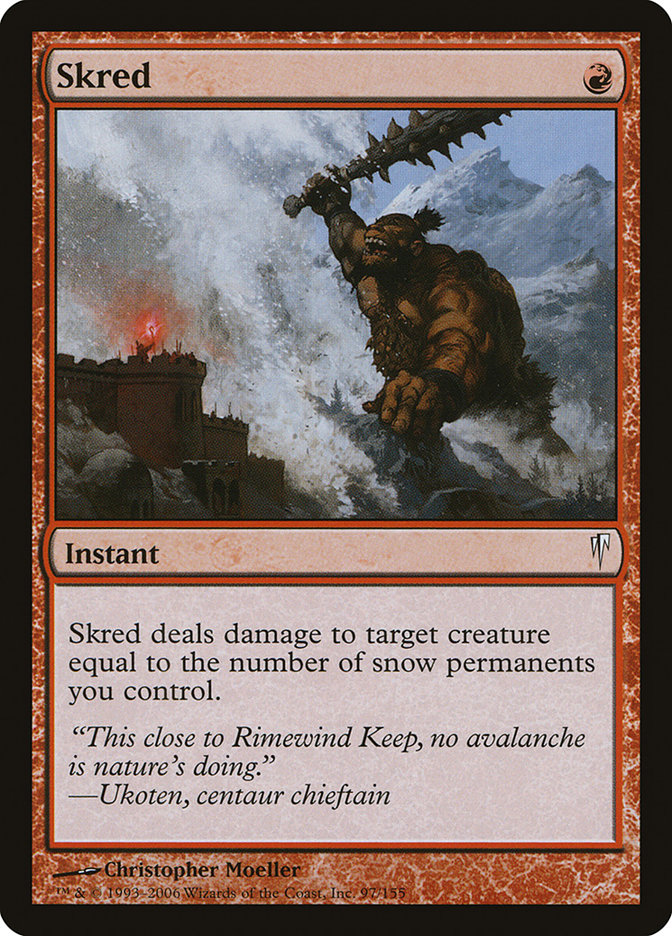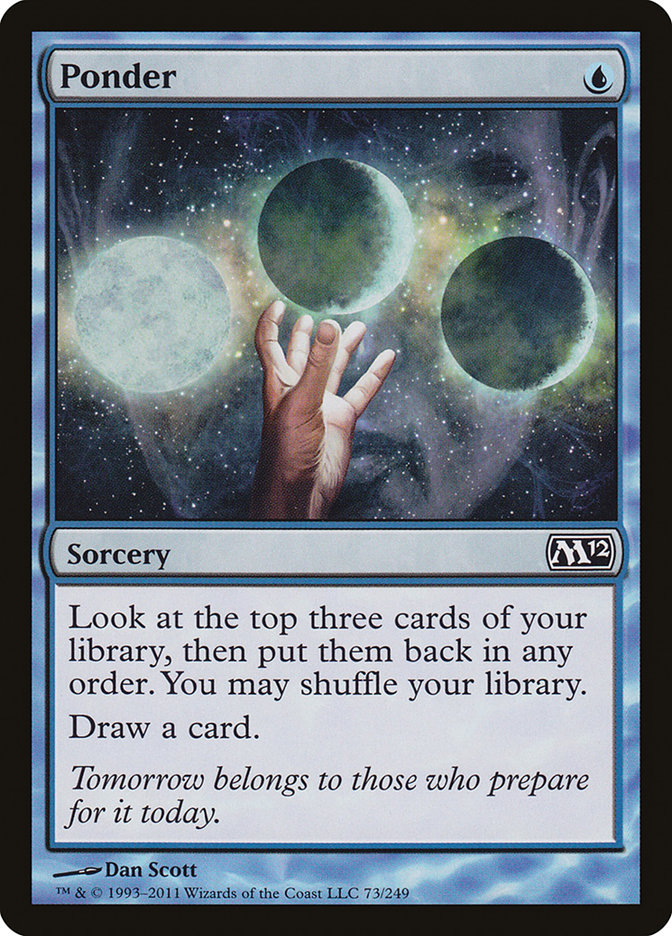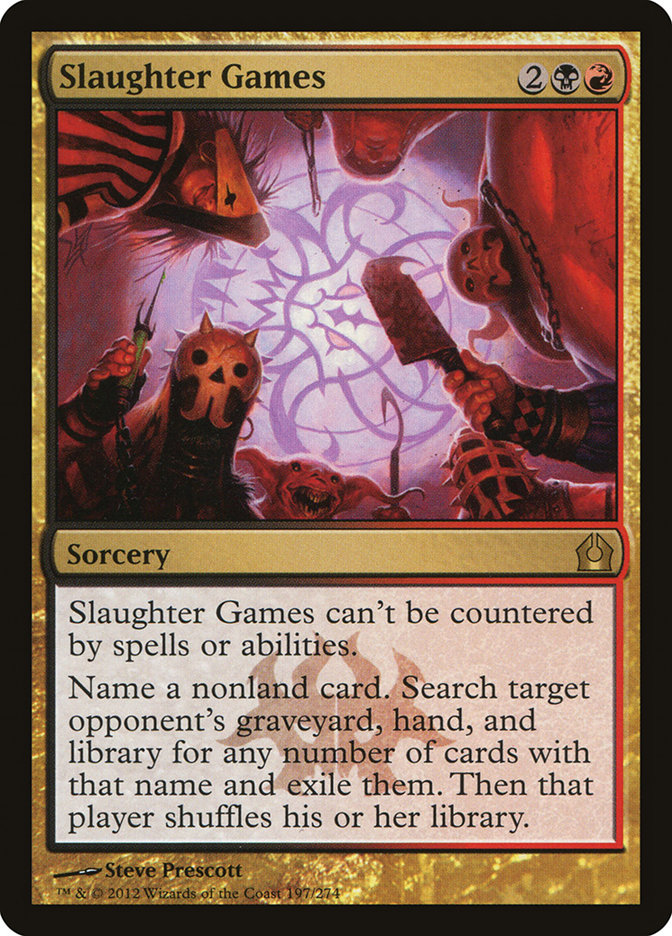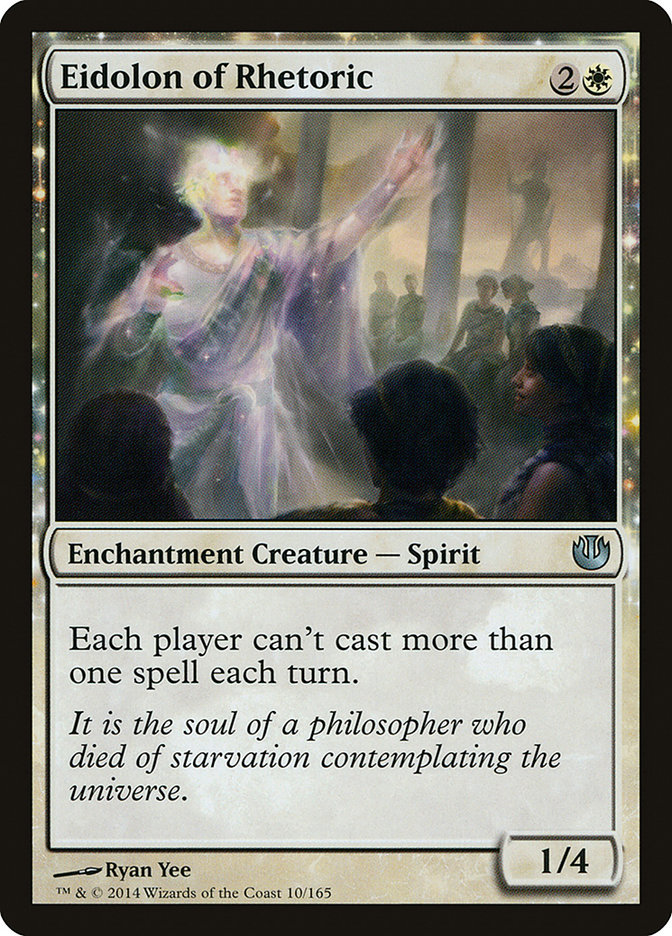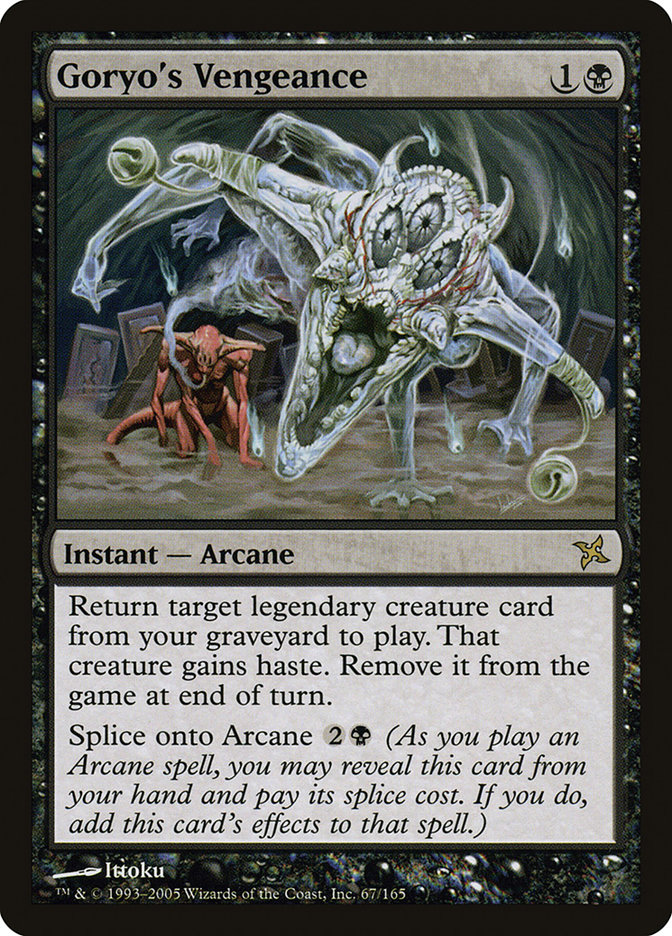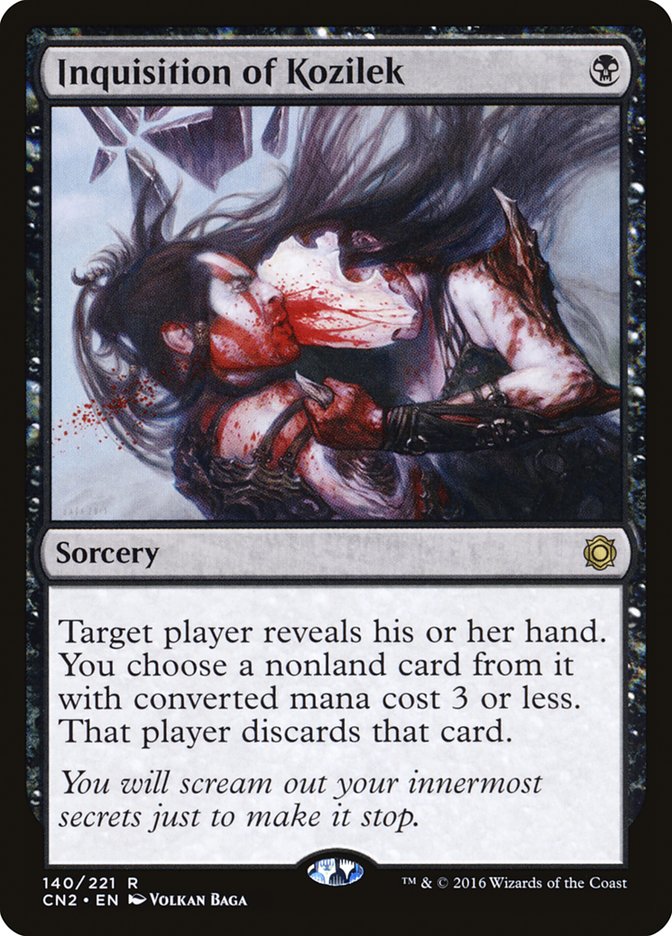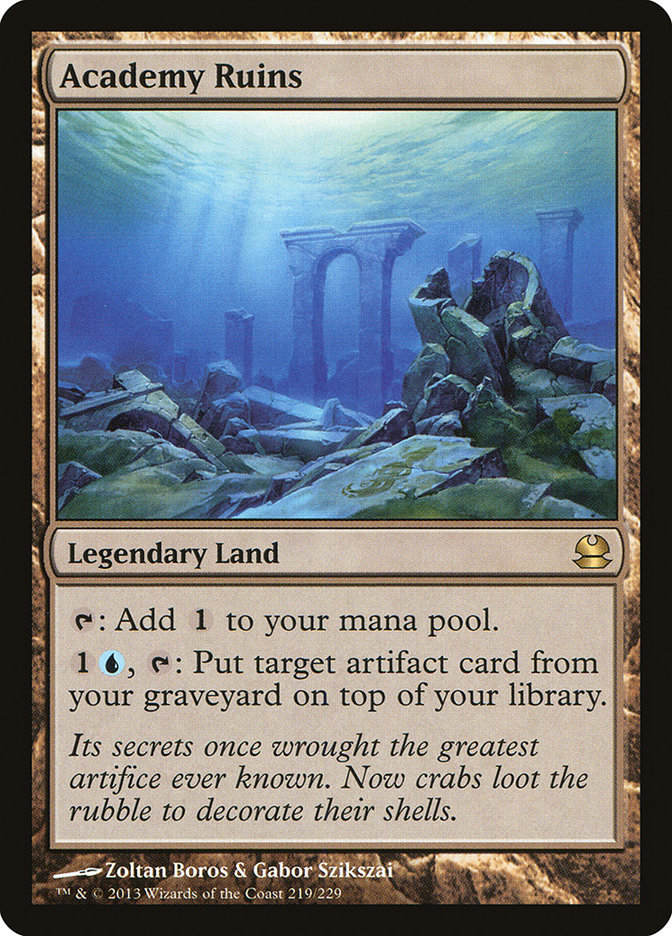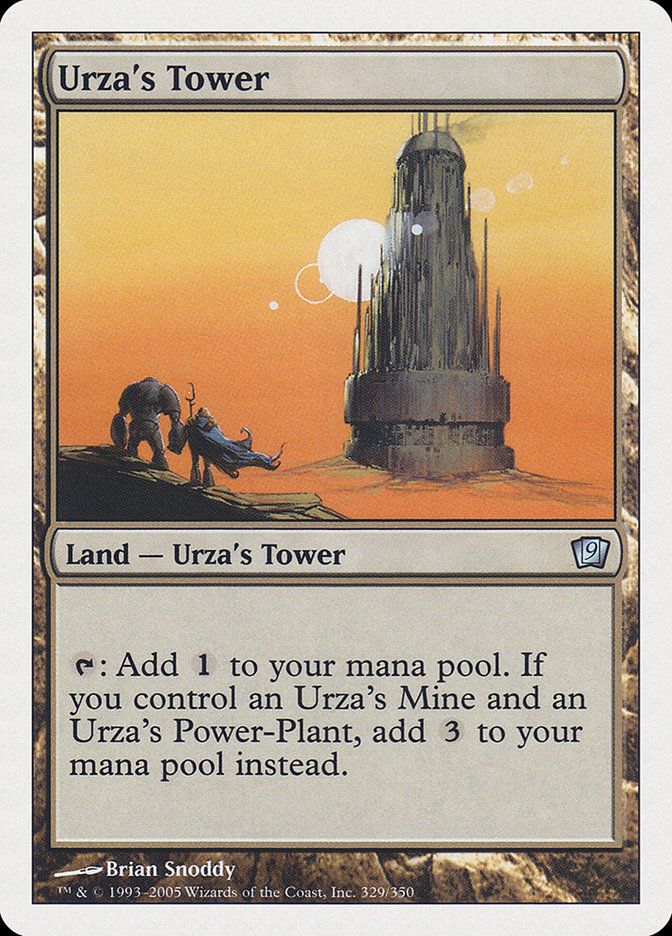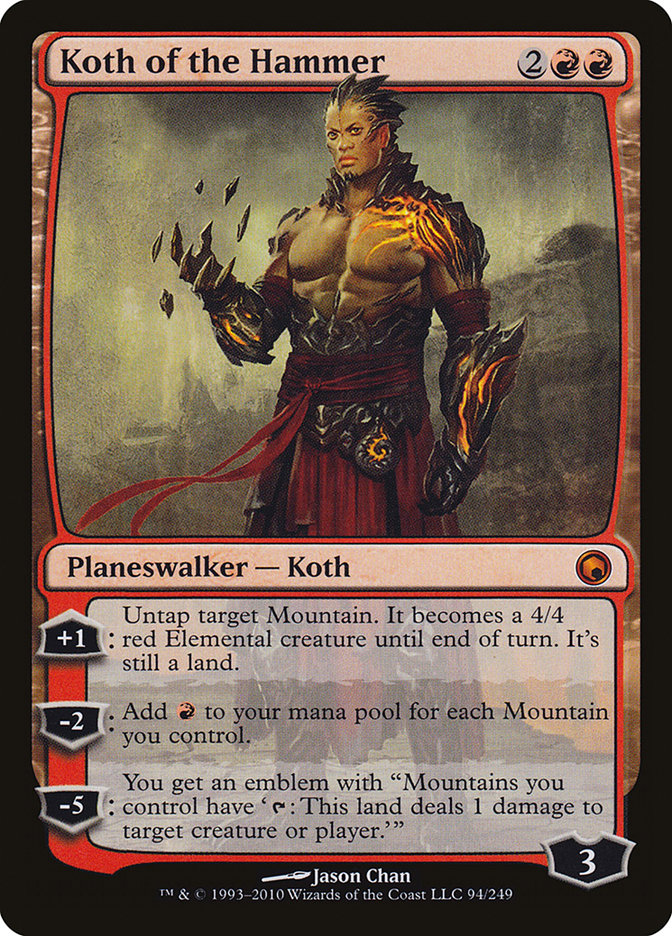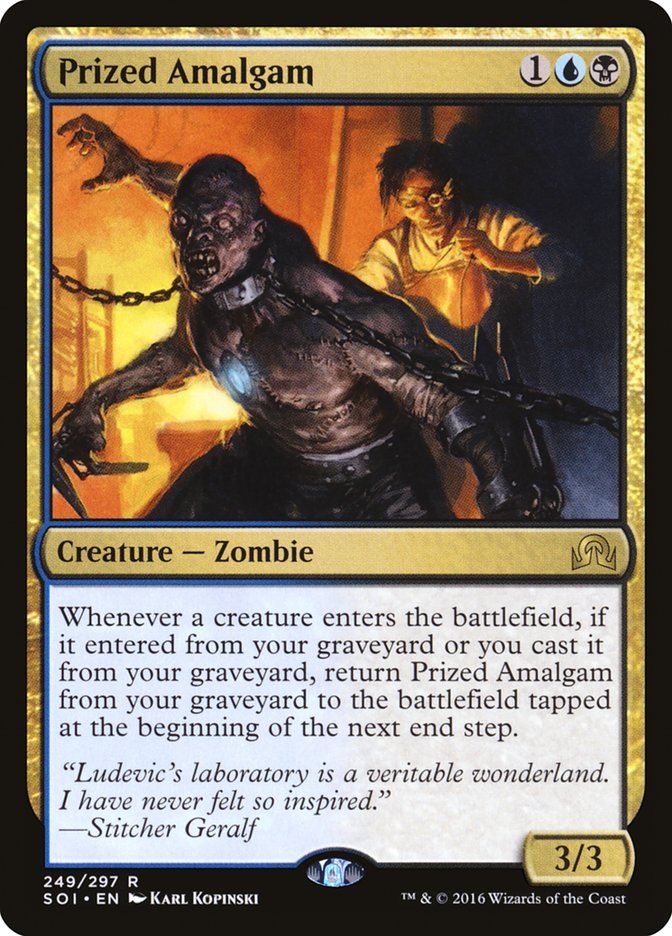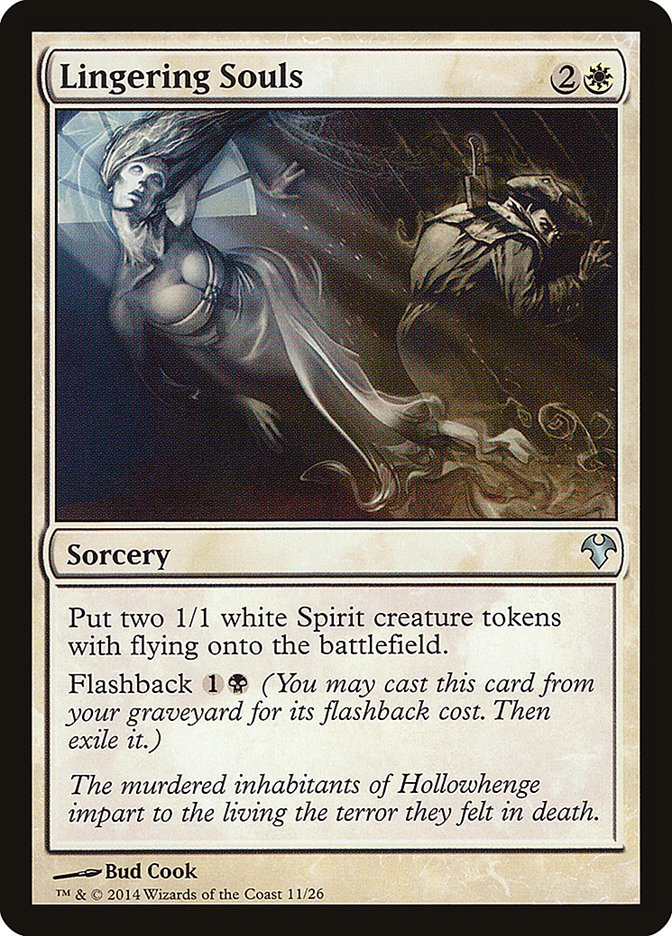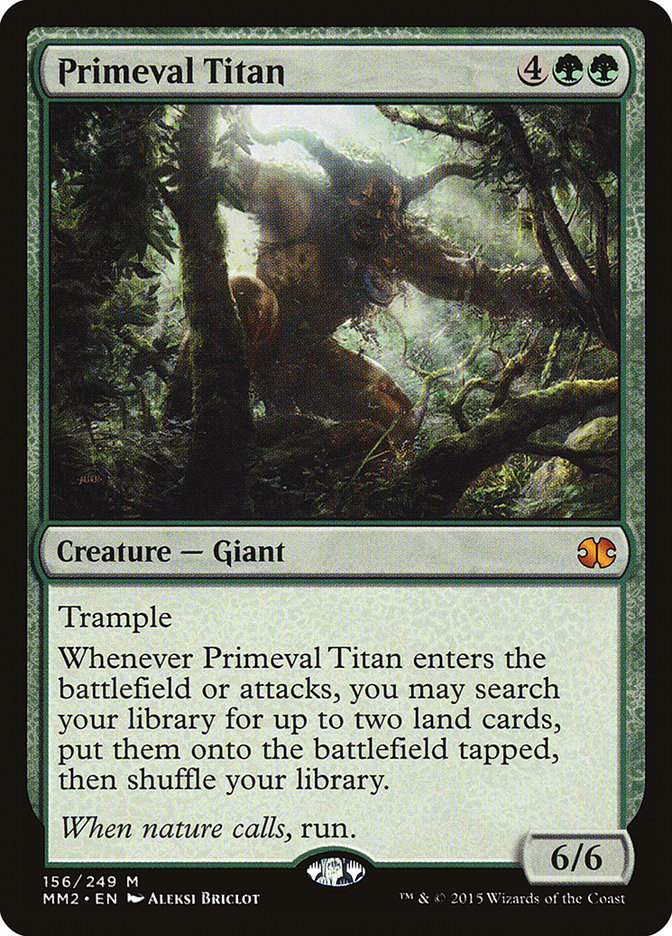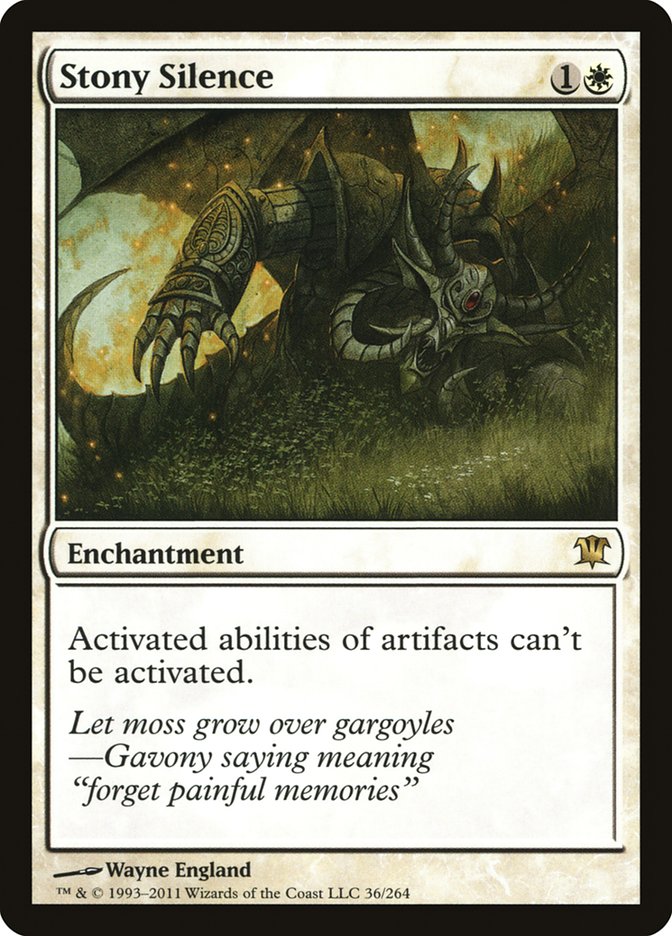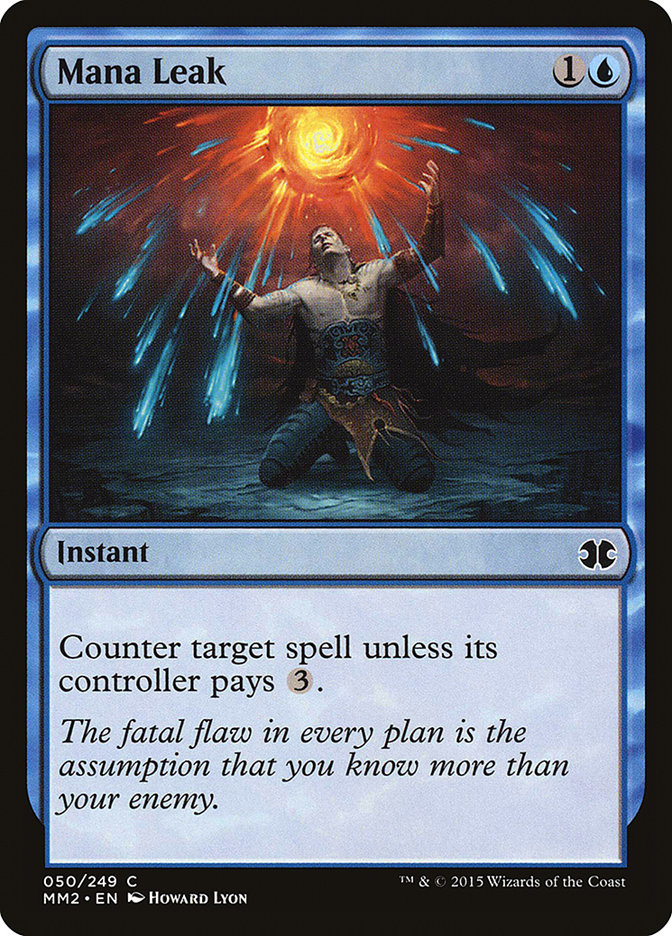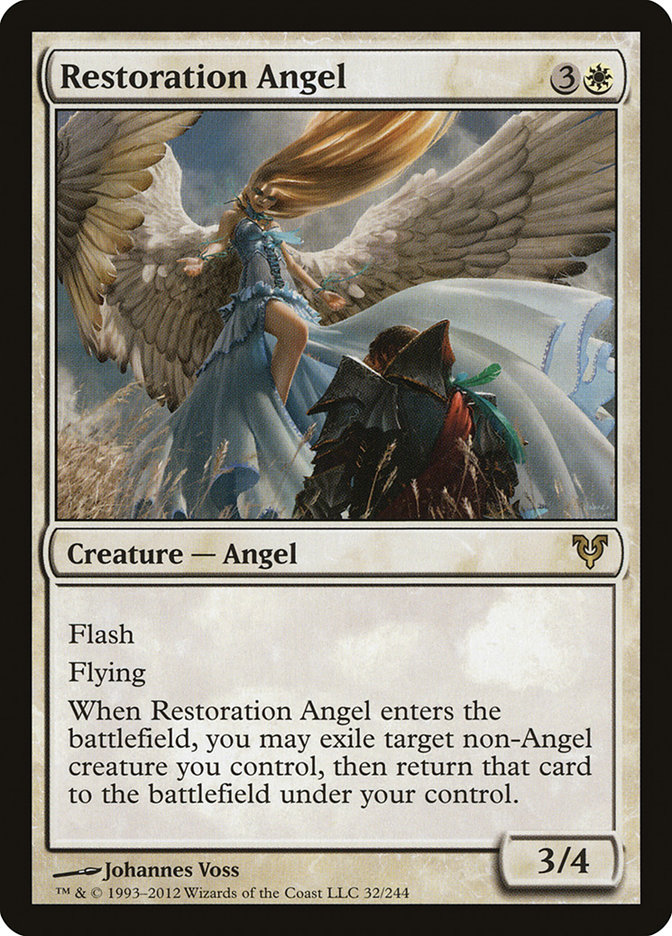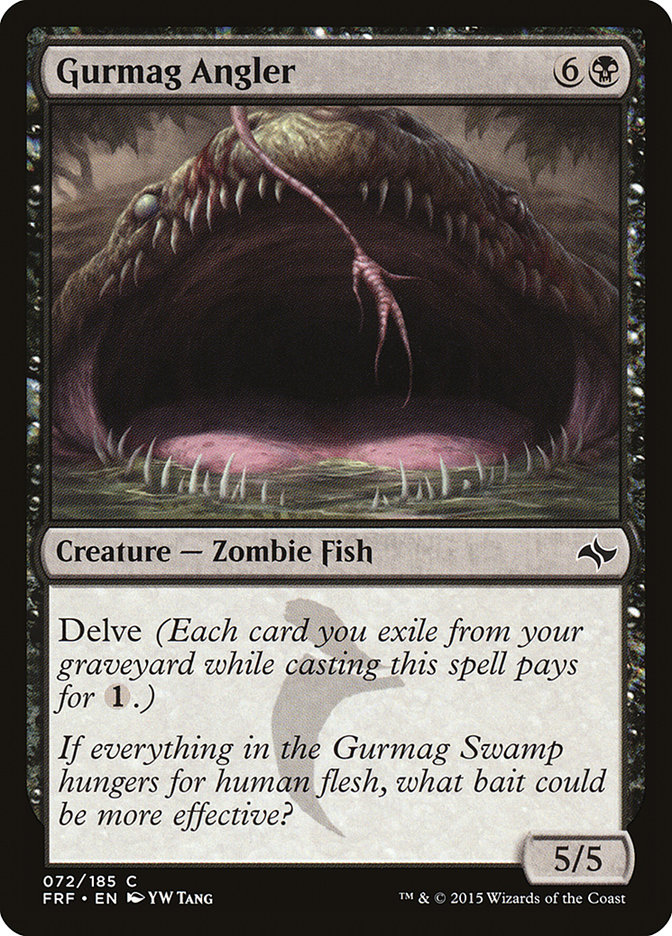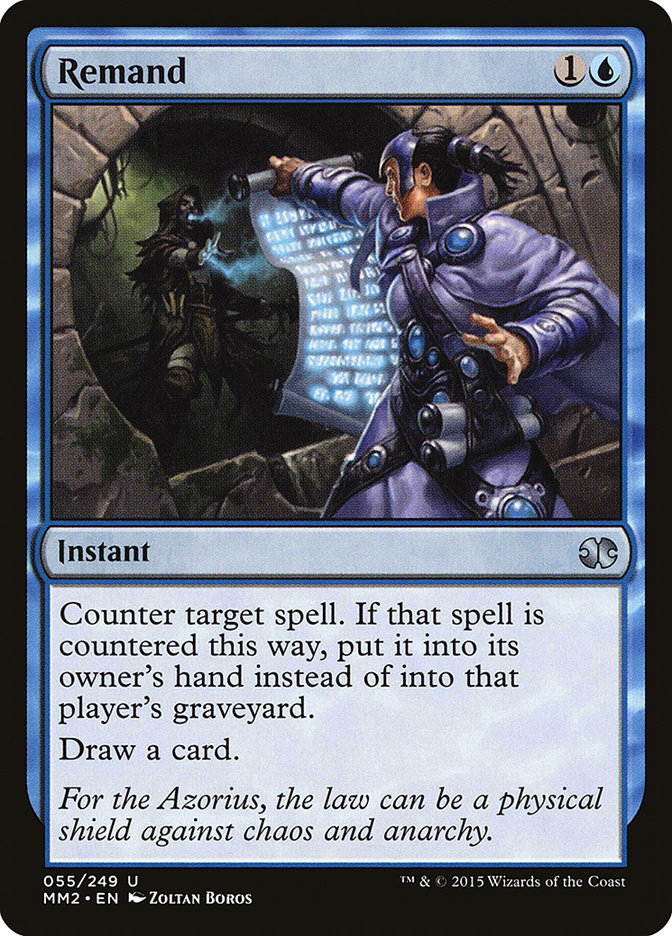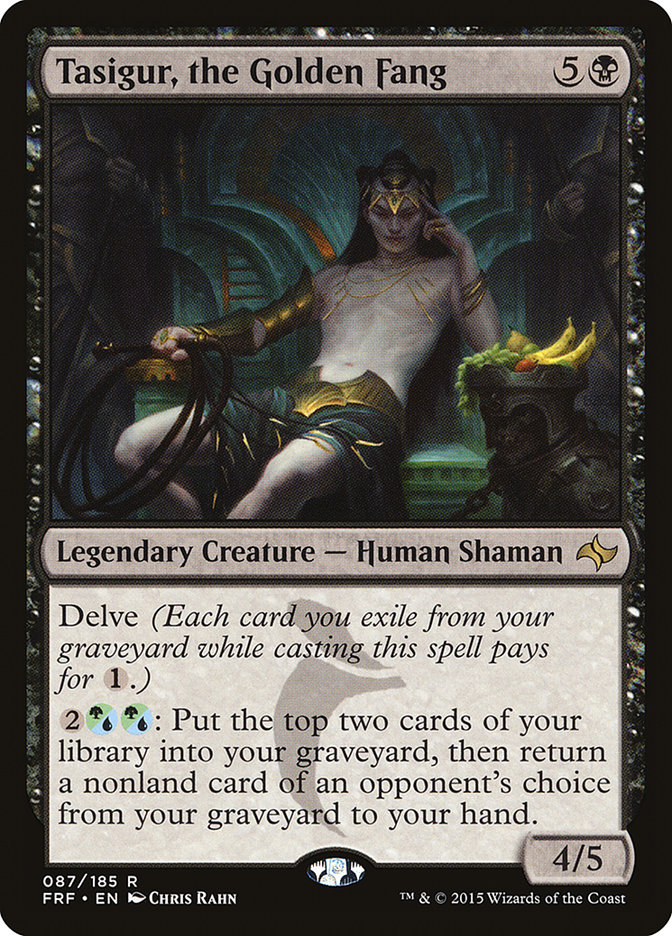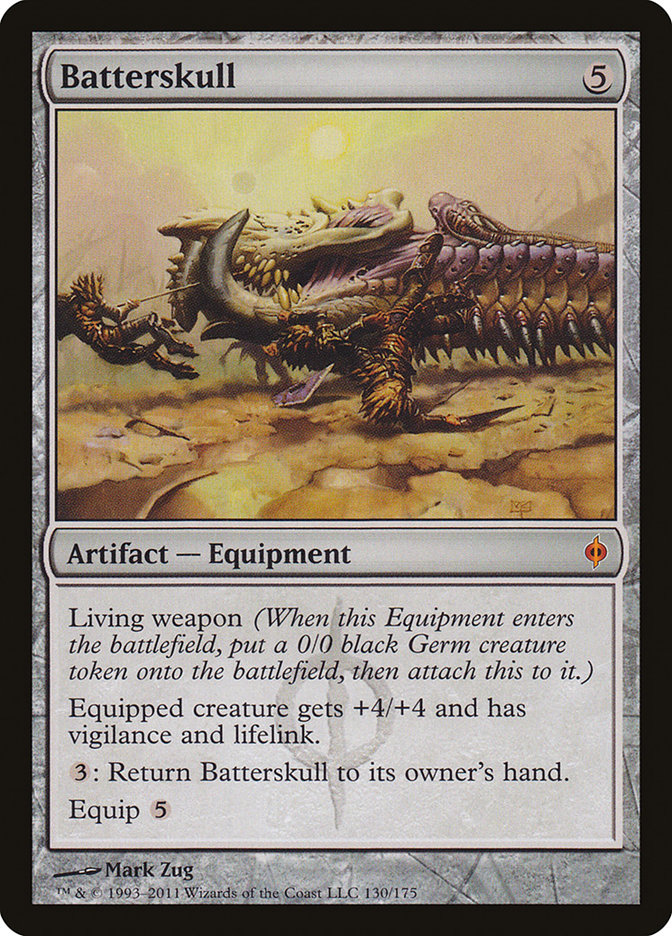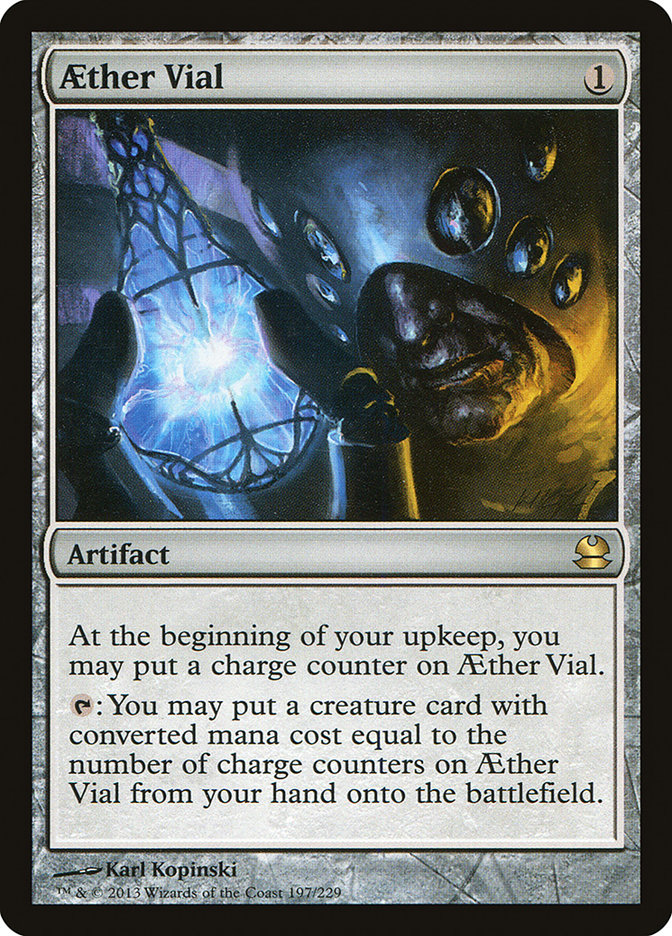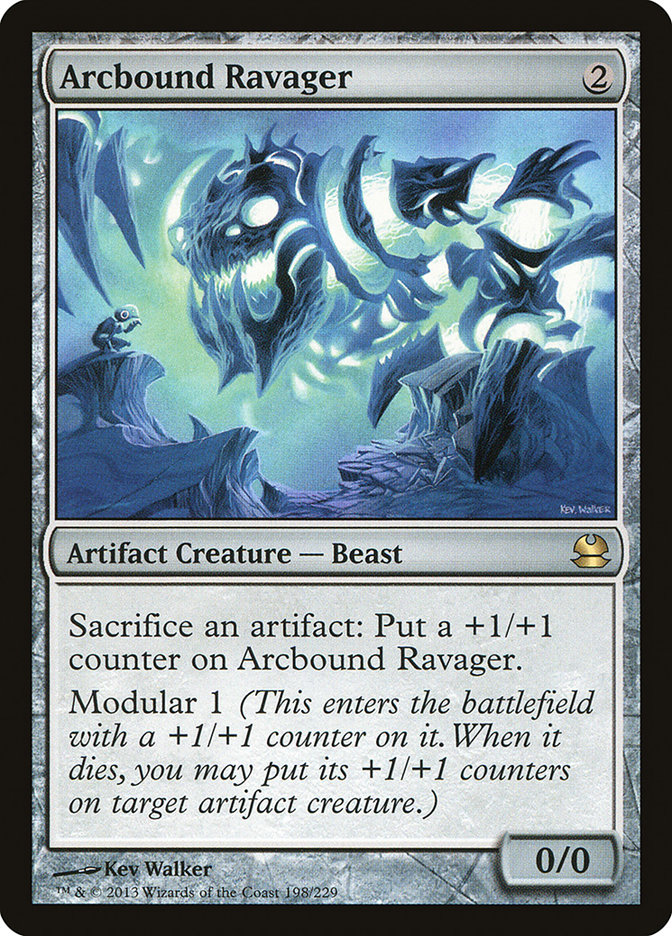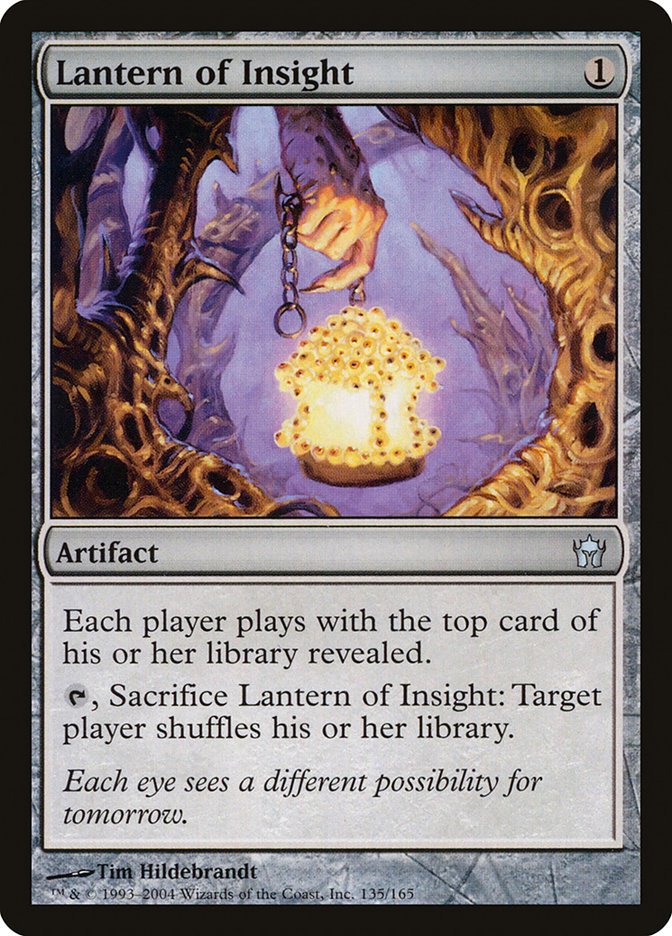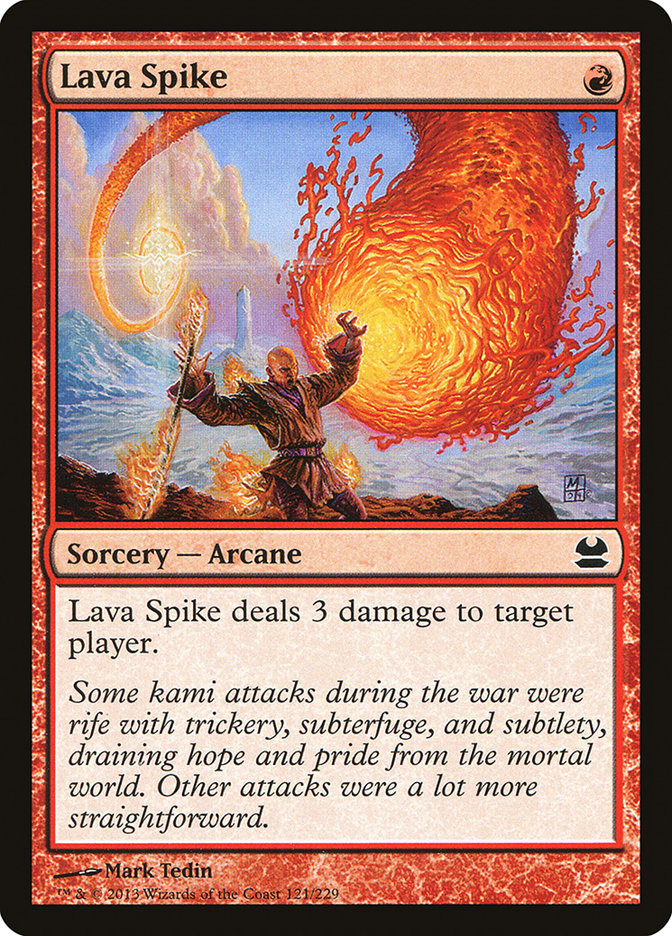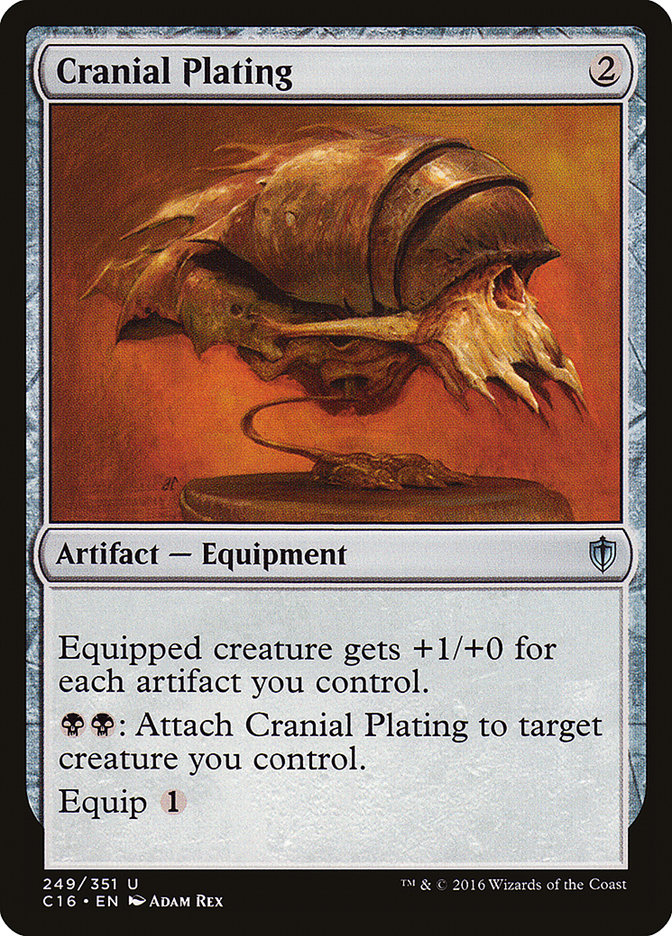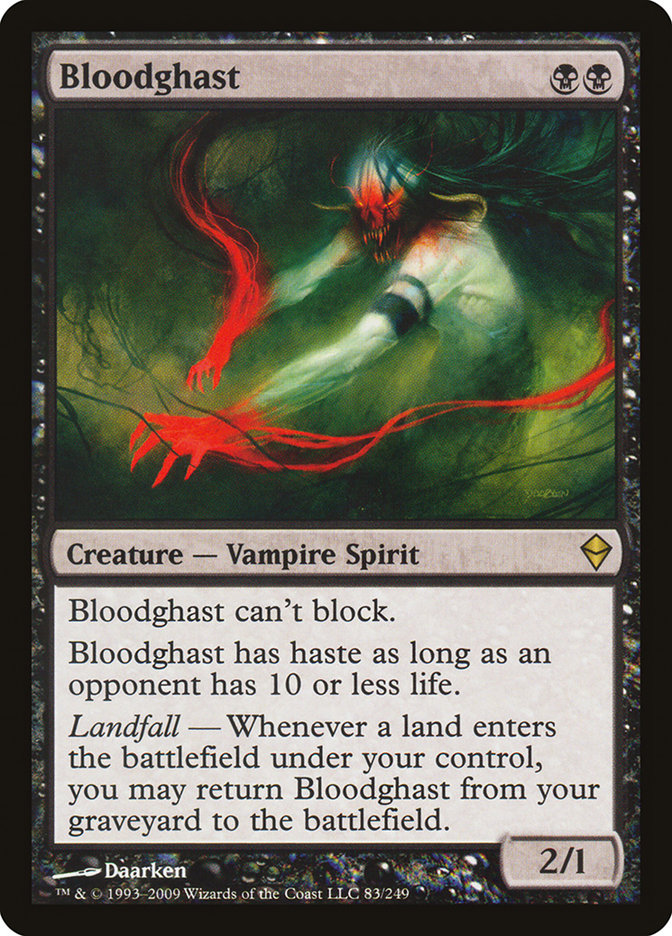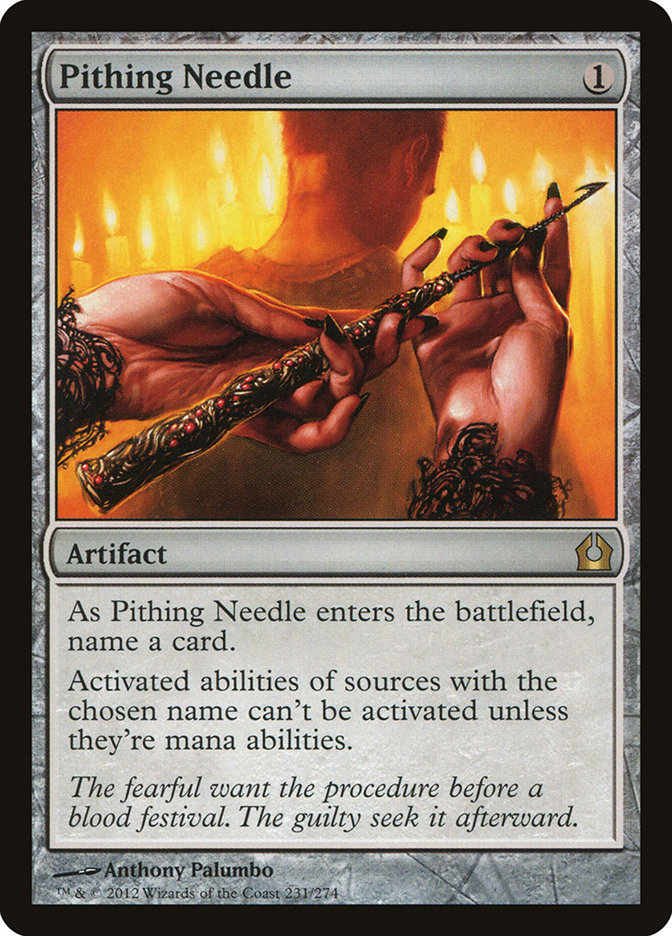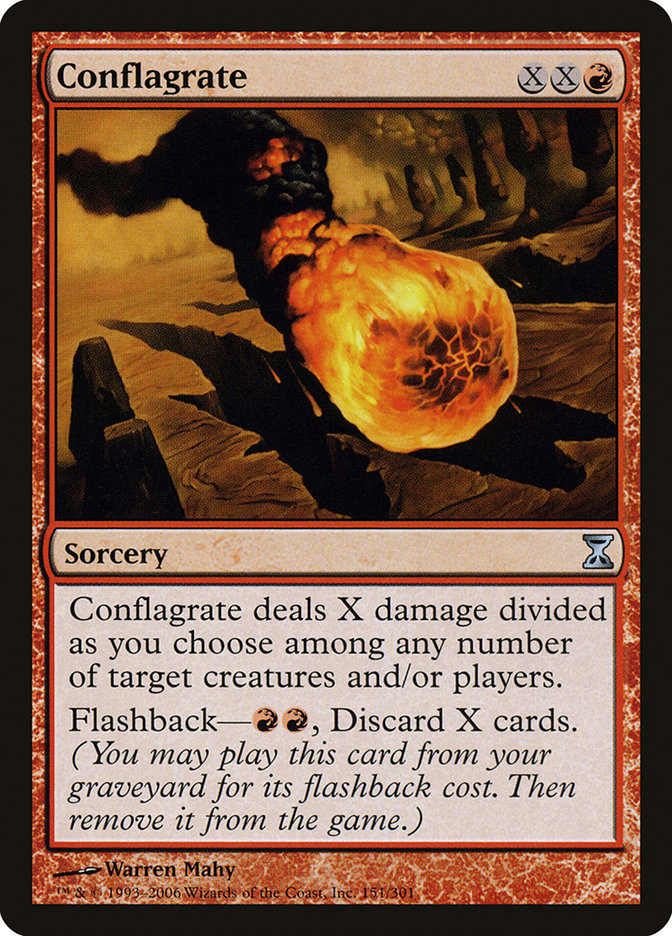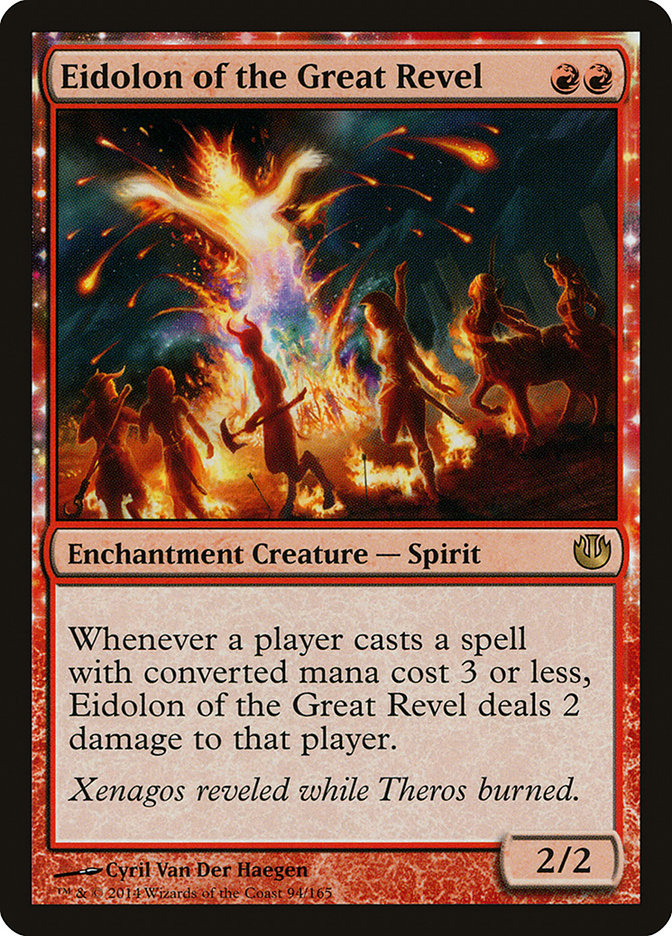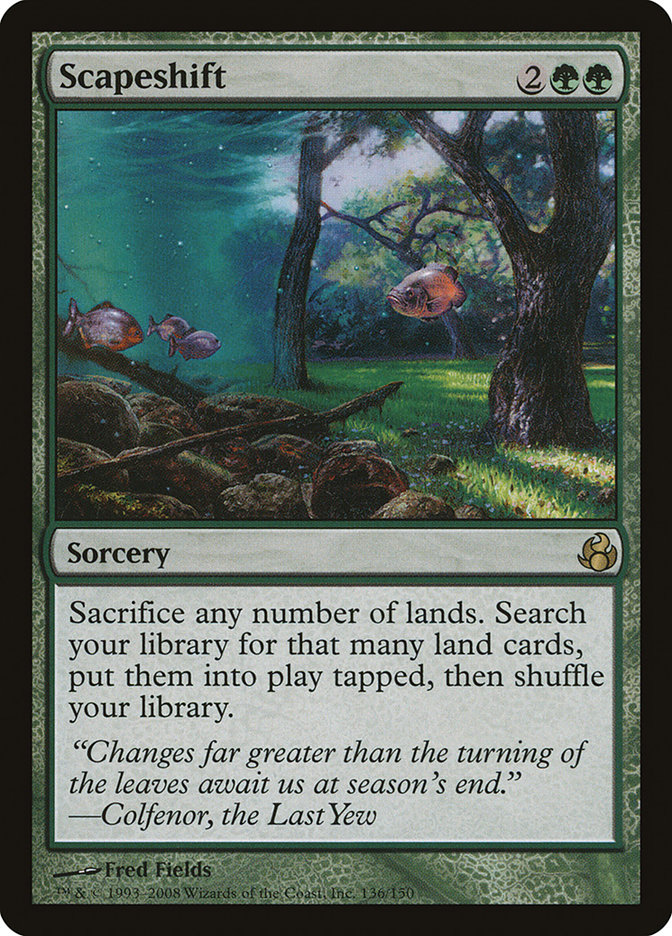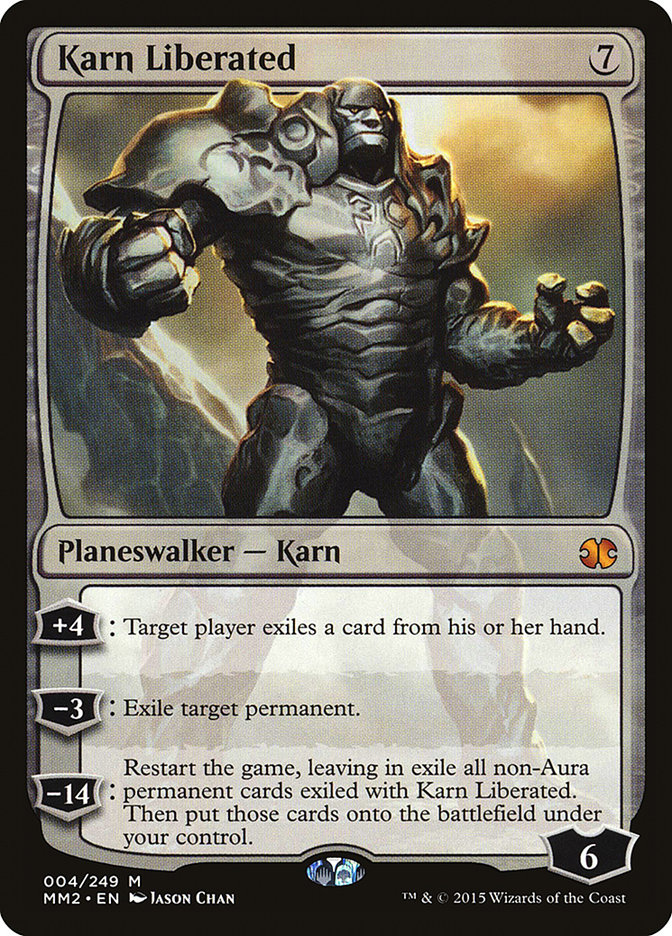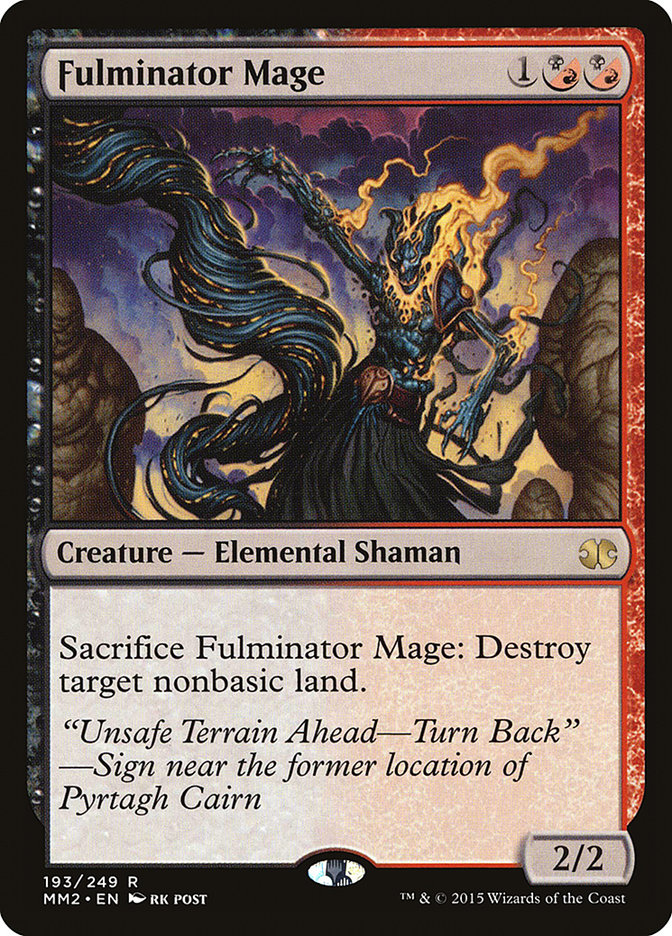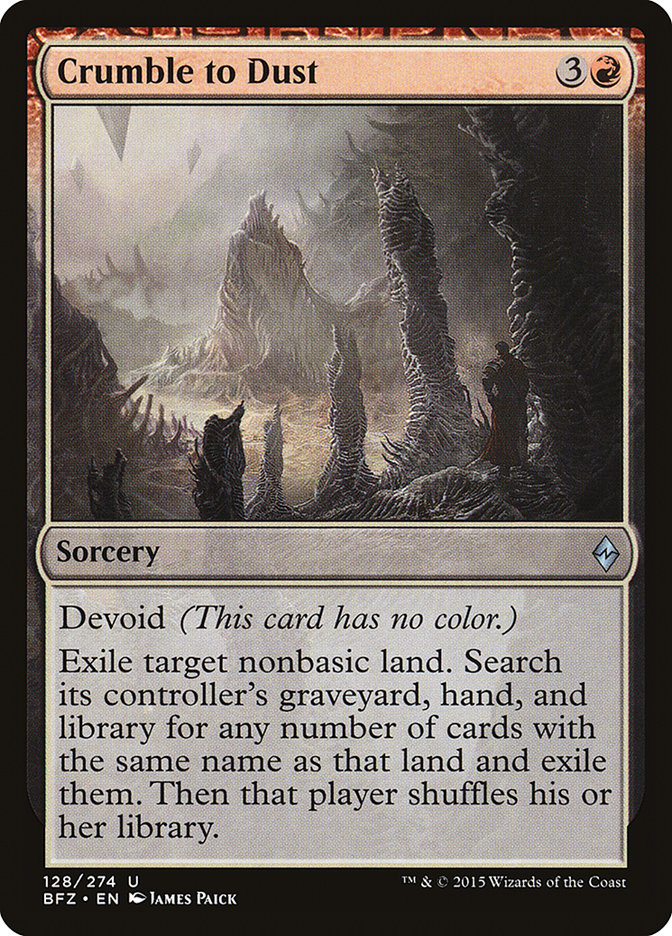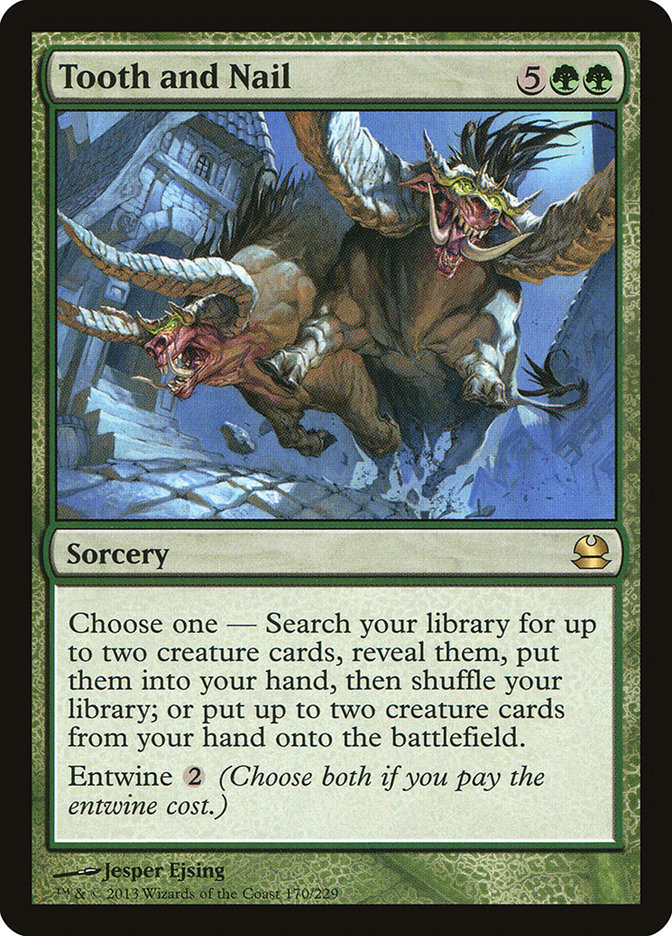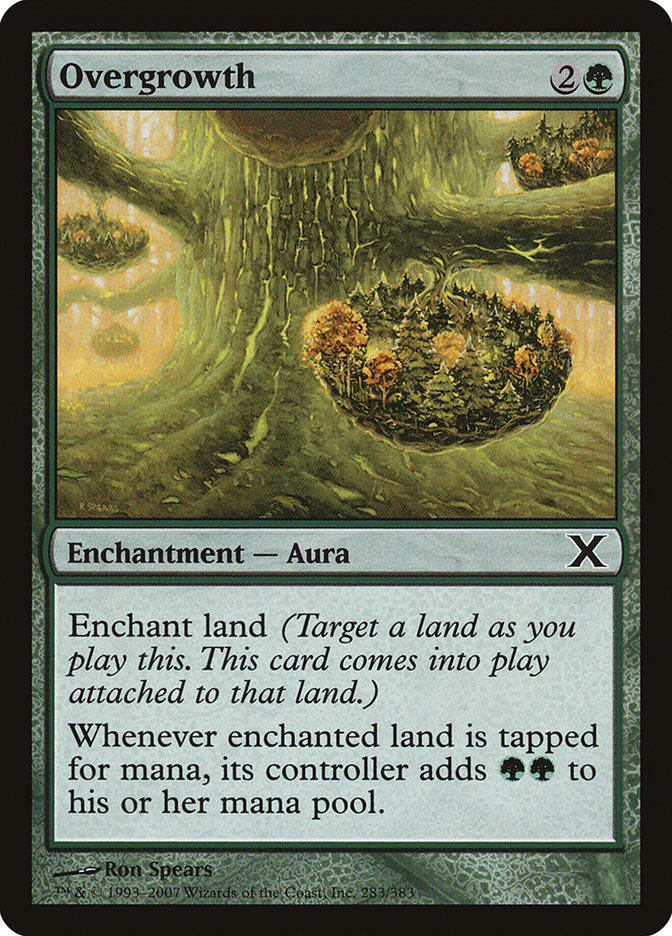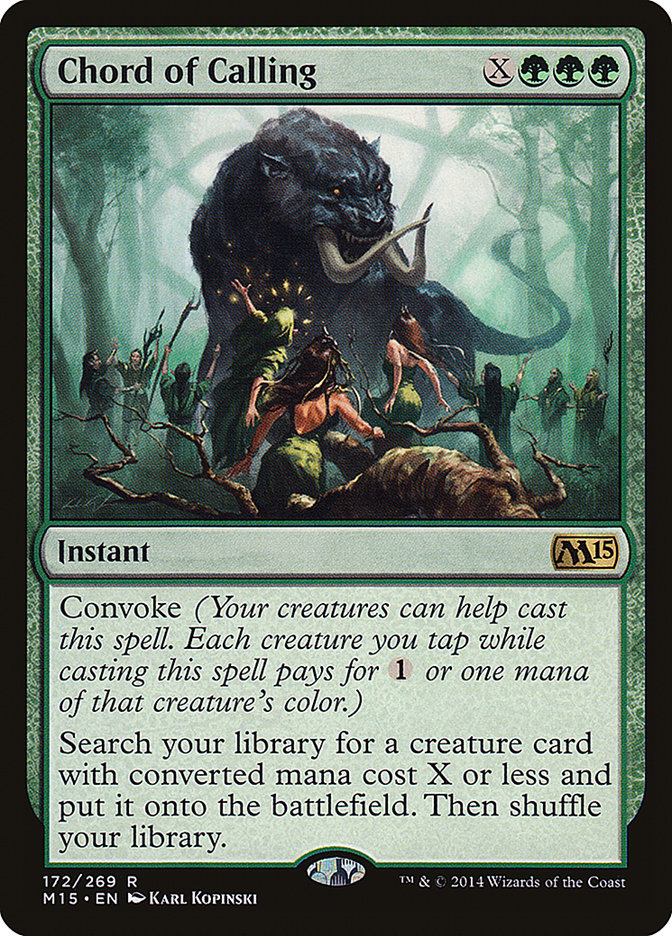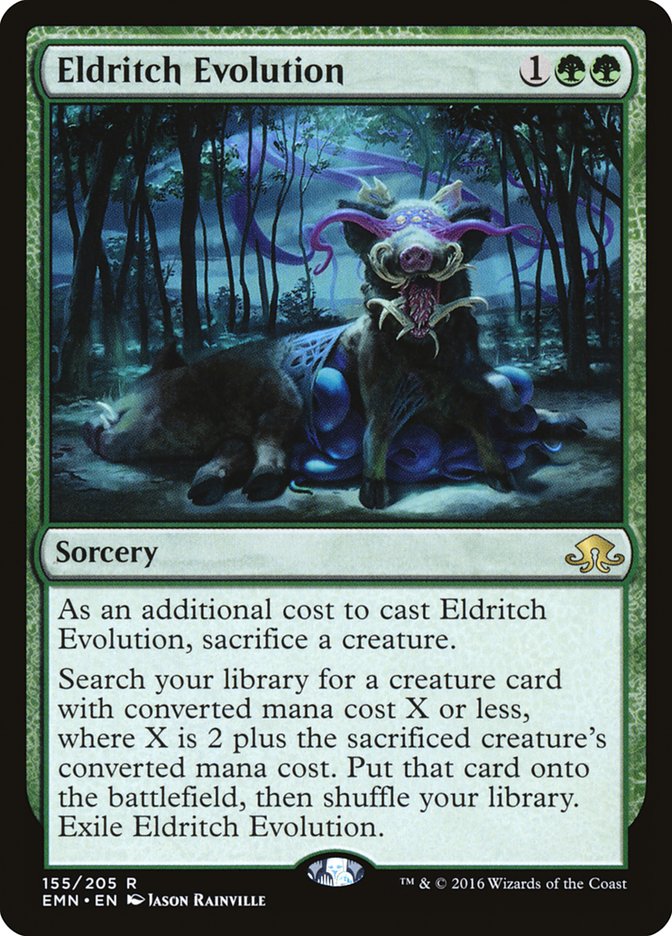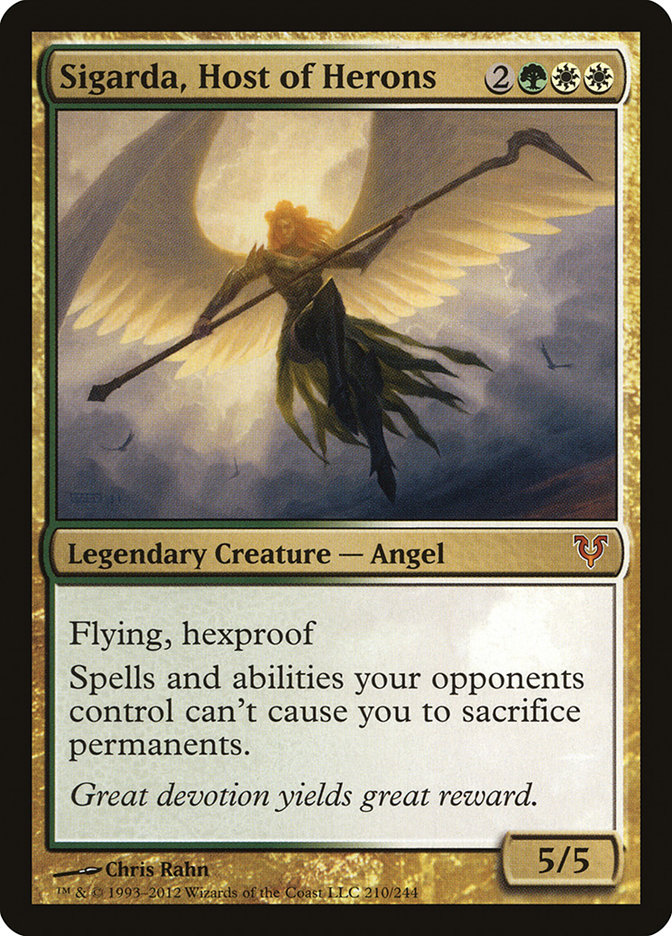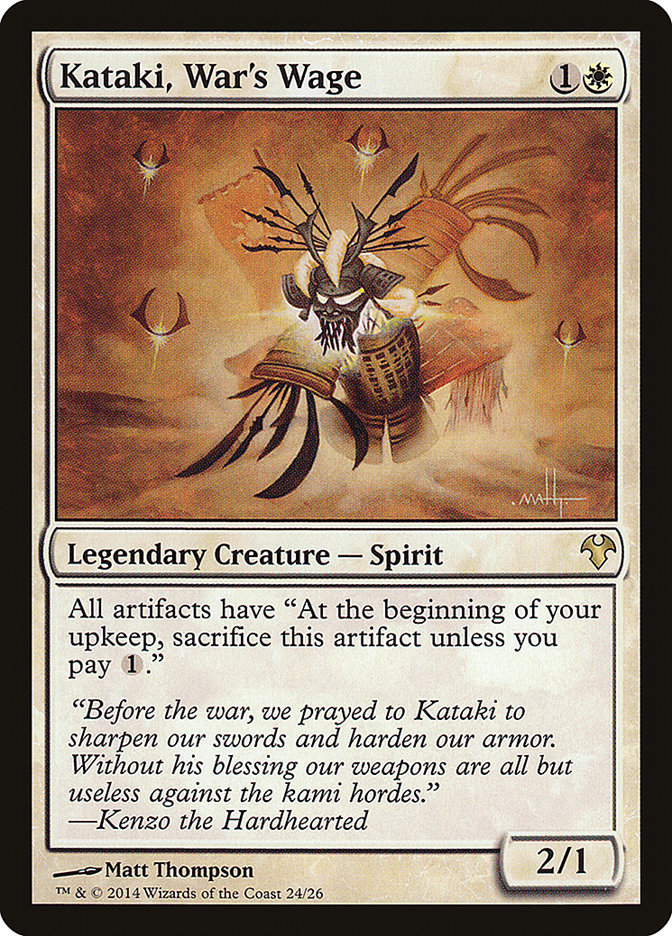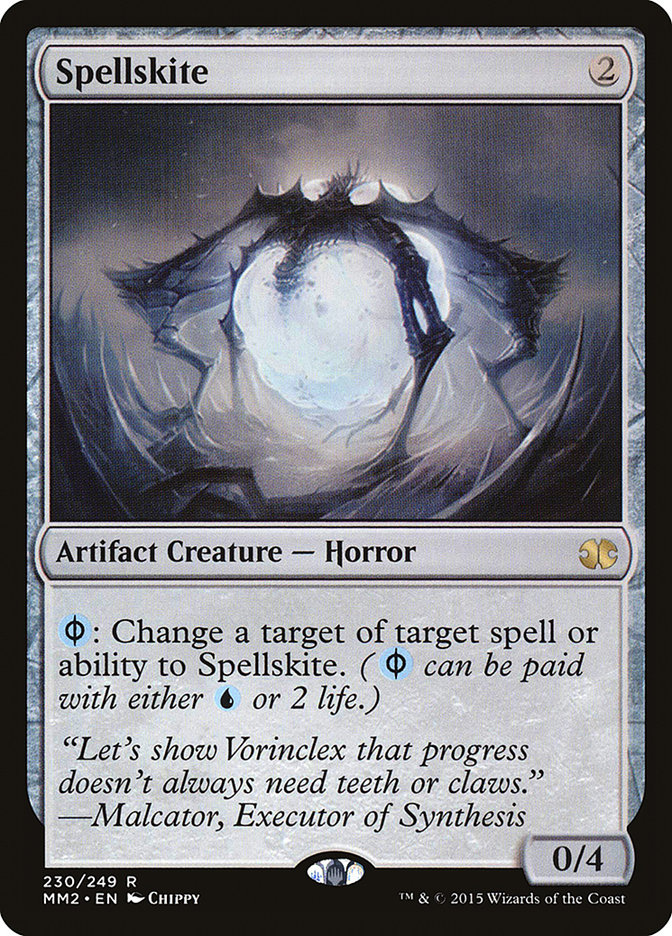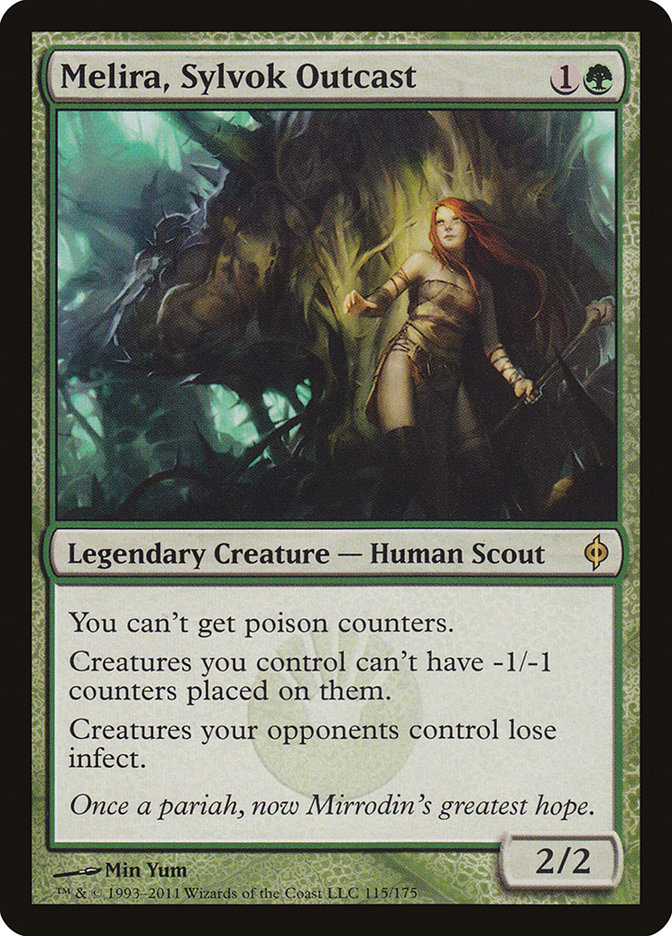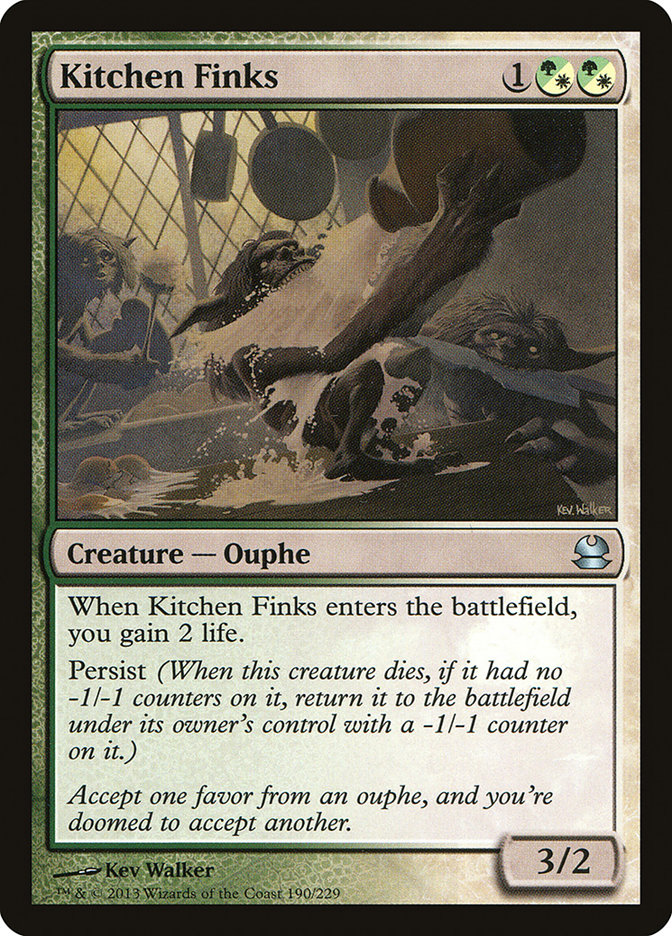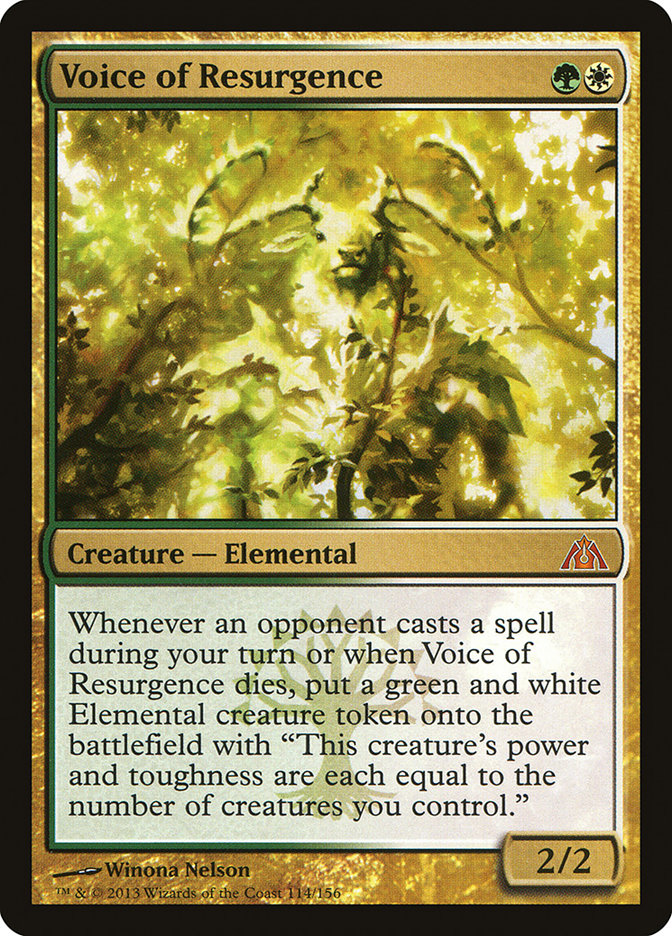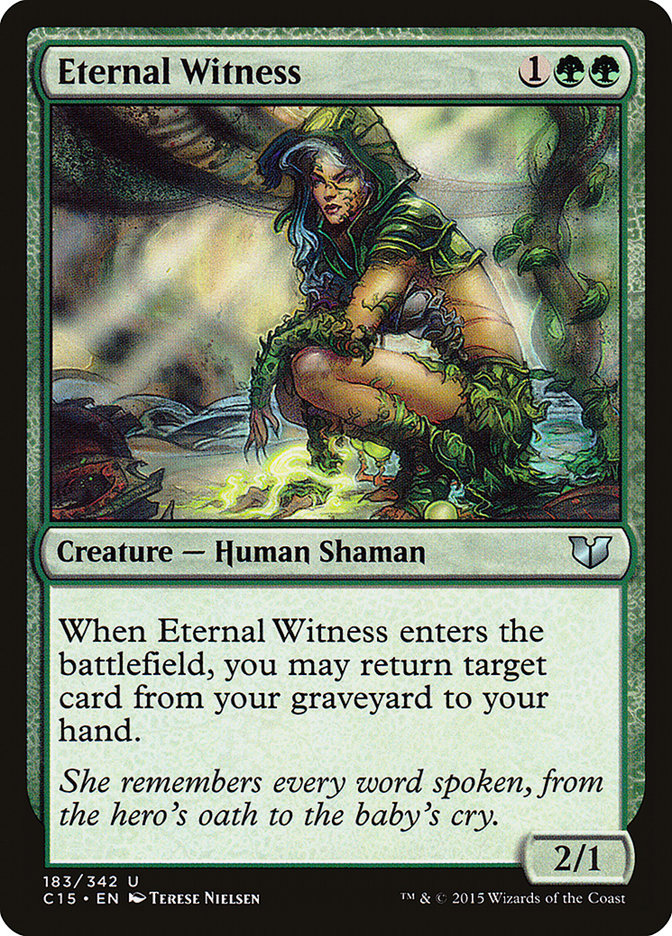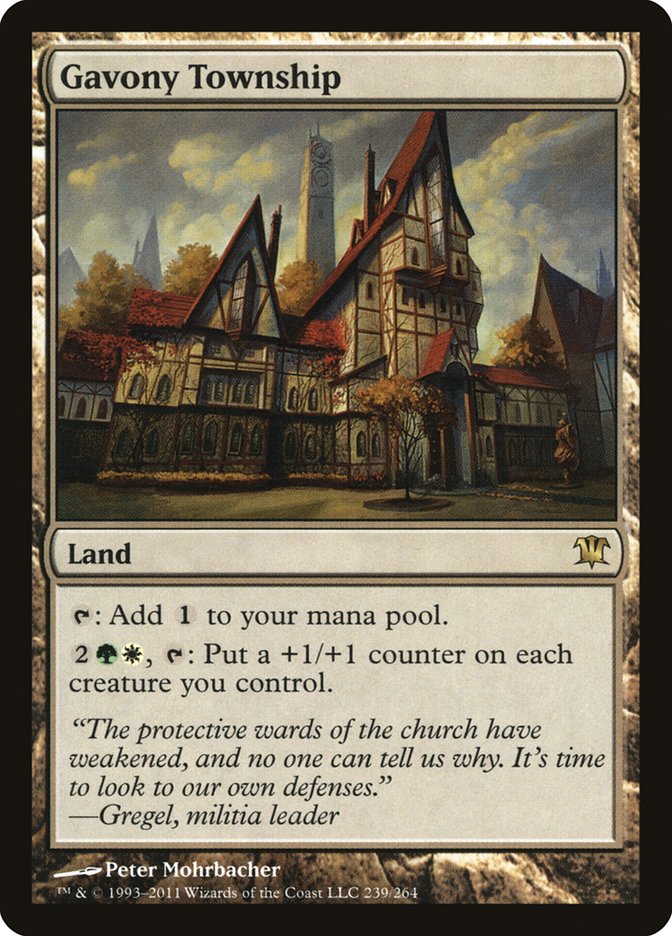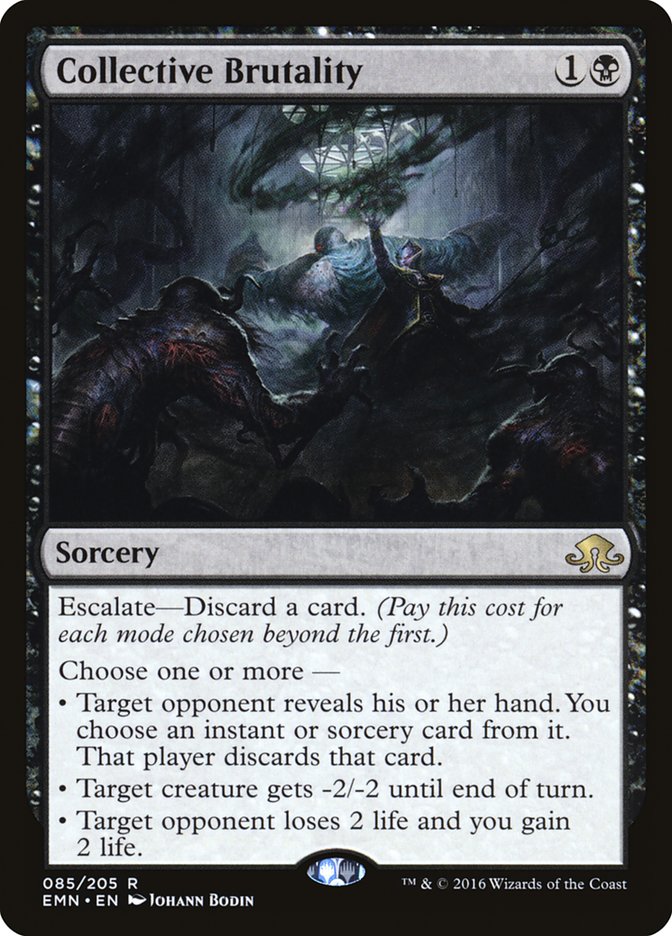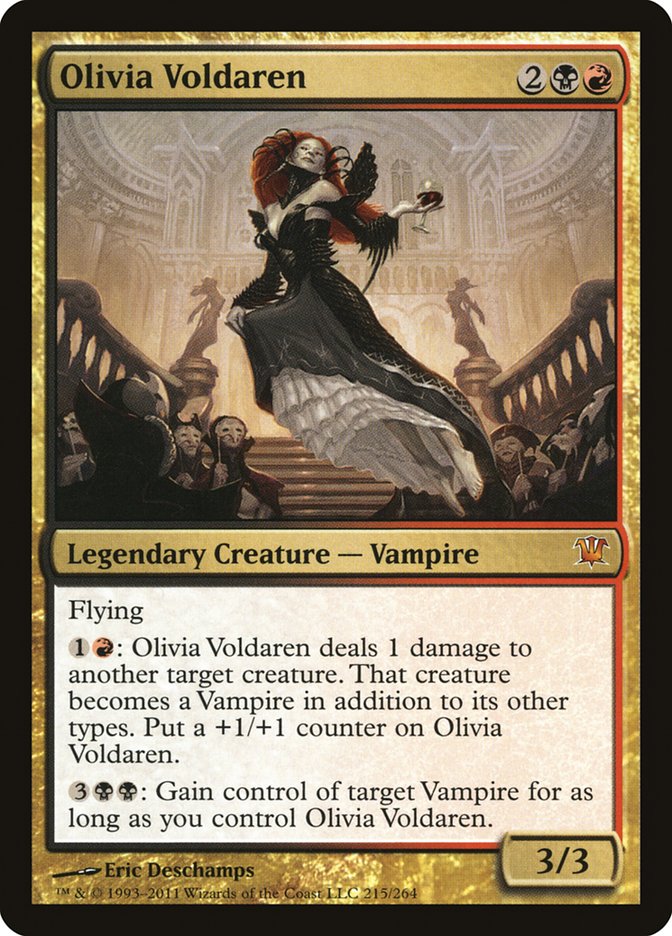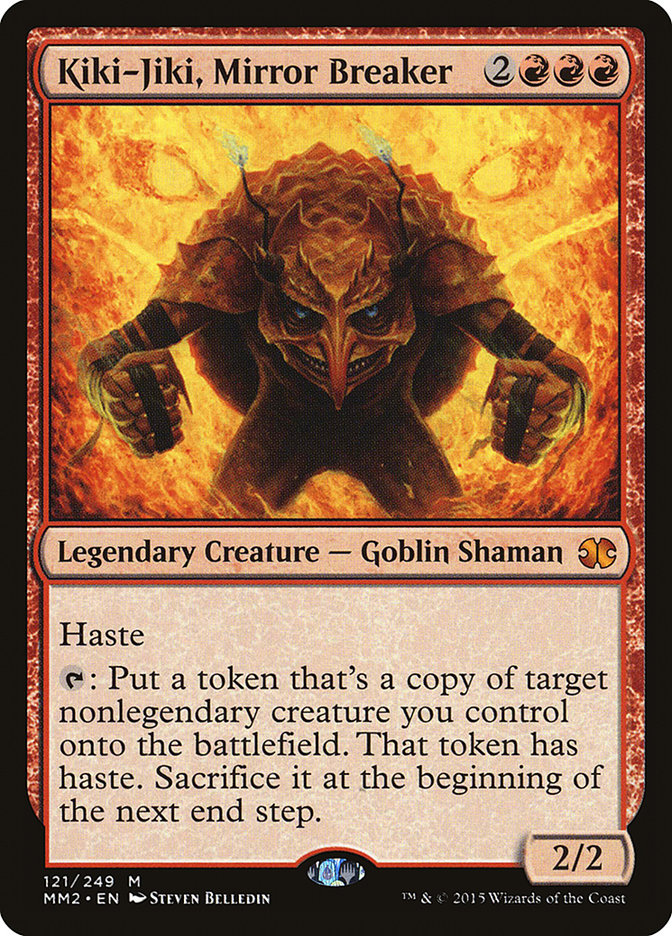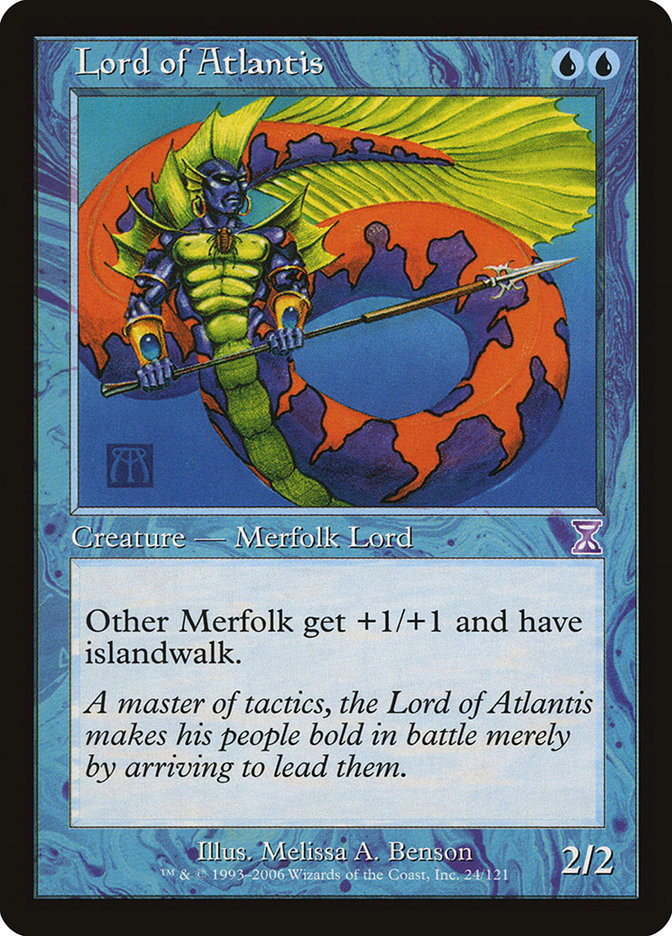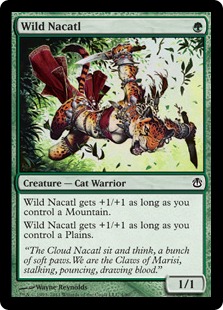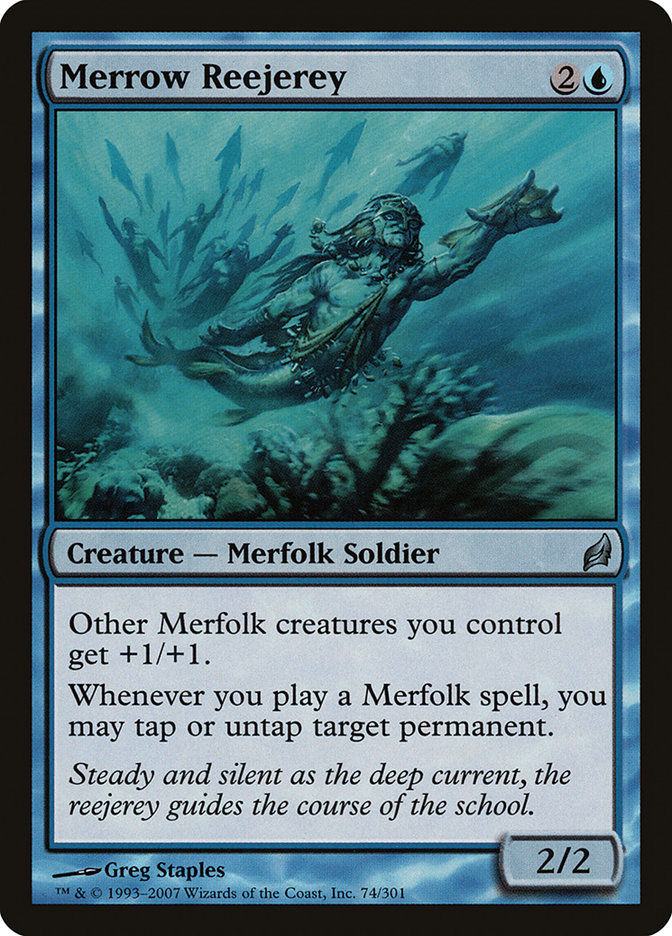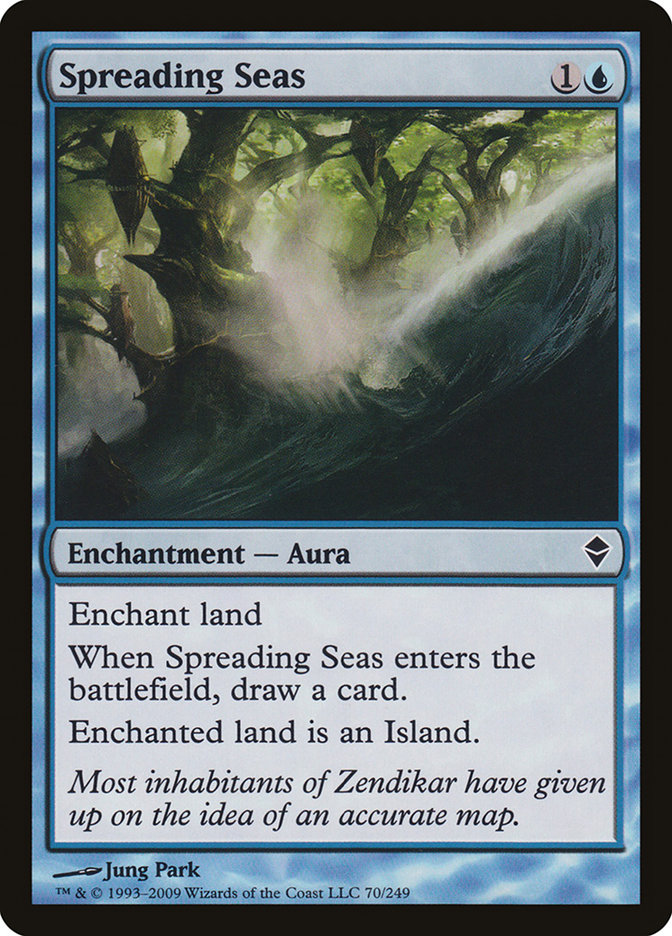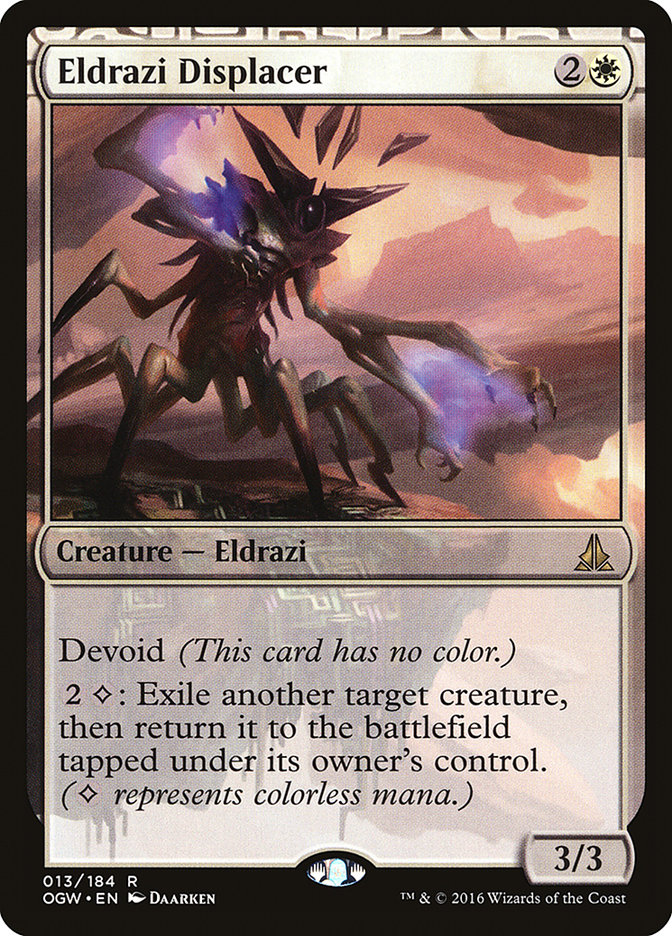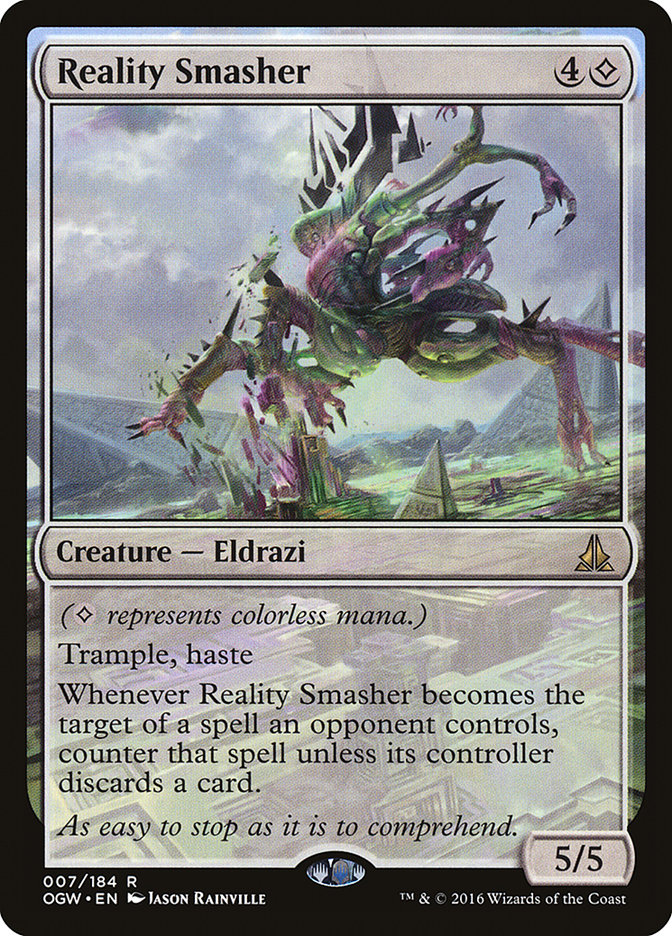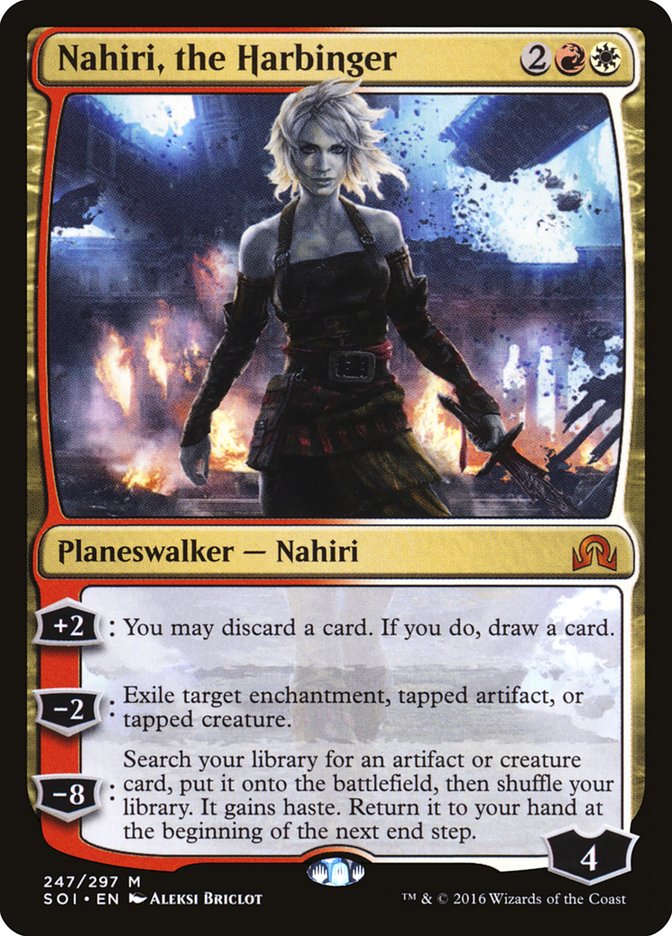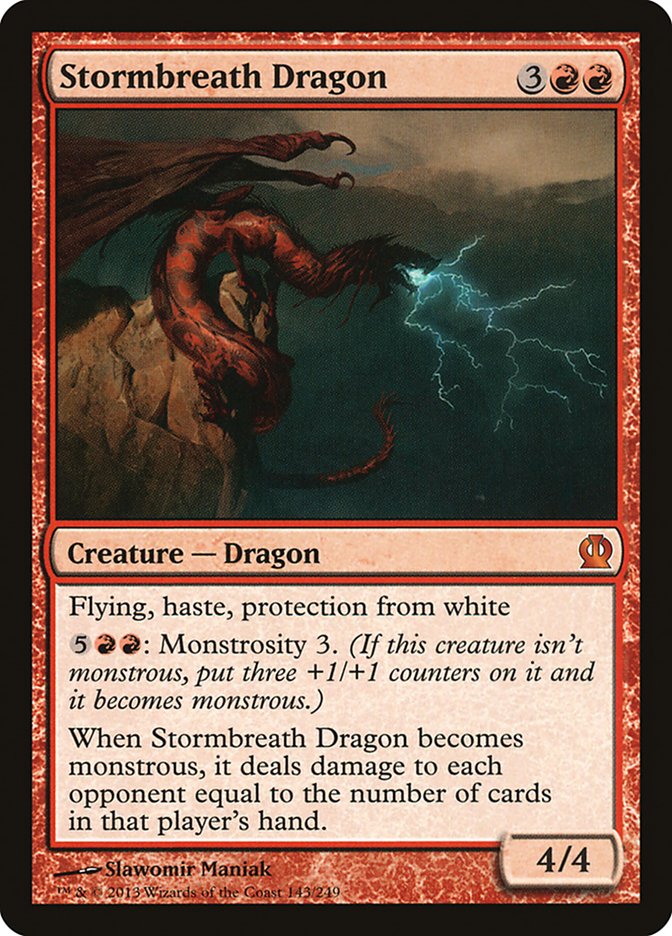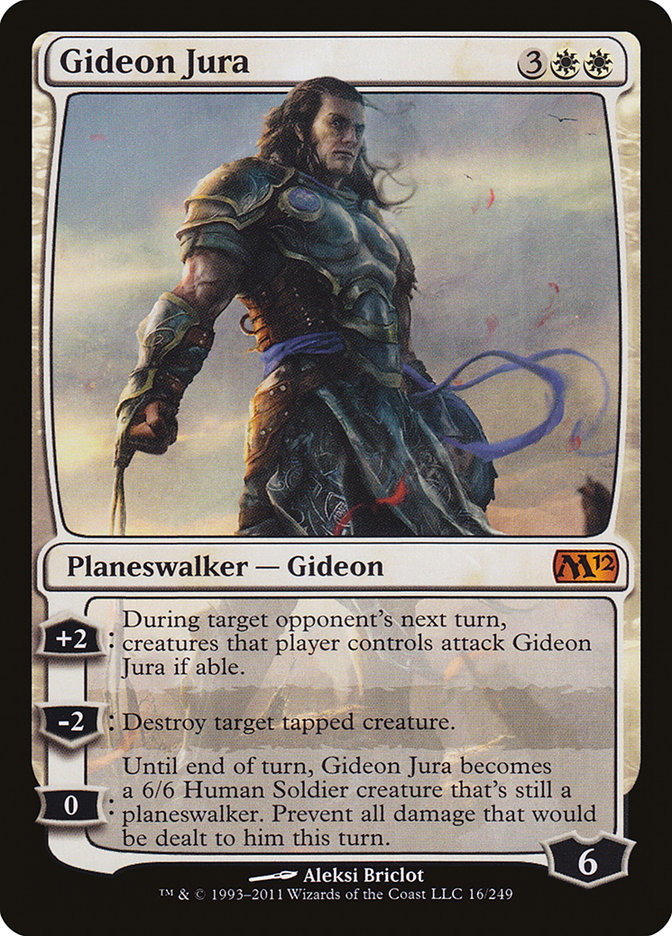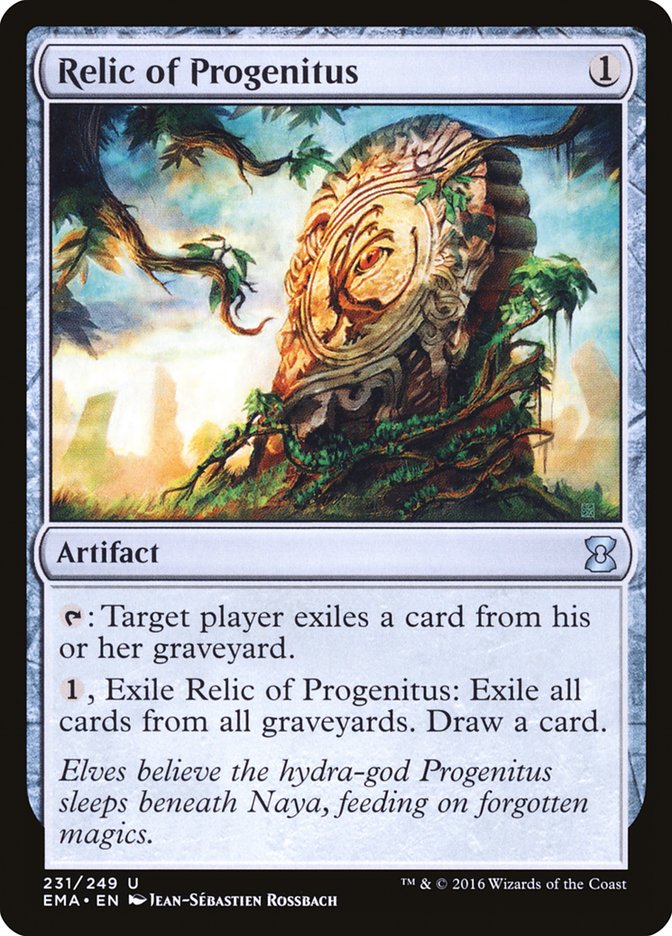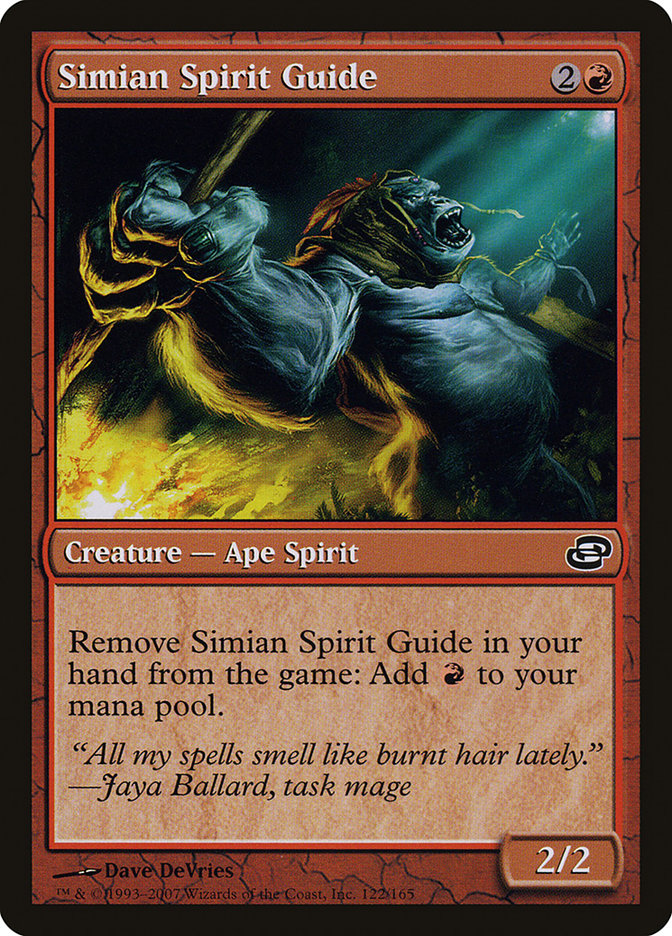“How does your deck beat Abzan?”
“How’s your Burn matchup?”
“I don’t want to play Ad Nauseam because it can’t beat Infect.”
This is not how Modern events work.
No single deck is a massive amount of the metagame. You maybe play the biggest deck in the format twice on a bad day. You can’t put huge weight on preparing for a single archetype. Instead you have to focus on a higher level.
Almost every Modern deck falls into one of a few macroarchetypes, clusters of decks with similar plans, strengths, and weaknesses. This is what you have to prepare for. Losing to one specific deck because of a weird weakness isn’t a big deal, but losing to a whole sector of decks is something you should really consider when building and metagaming.
Creature Combo
Goal:
Creature combo aims to end the game in one or two attack steps with a single boosted creature. Dealing “double” damage via Infect or Temur Battle Rage is the typical way to do this, but occasionally you see them just brute-force it with pump spells and specific threats.
Strengths:
Creature combo is the fastest macro-archetype in Modern. There might be one or two decks that can average a faster goldfish, but they are significantly less consistent.
Creature combo is also pretty good at integrating some interaction into its strategy. It can’t go too hard on this angle, but there’s enough good disruption out there that buys back more than a card’s worth of speed value when used or has use in both protecting your gameplan and ending the game. More linear decks tend to have issues with creature combo as a result.
Weaknesses:
Creature combo’s biggest weakness that it is a combo deck that relies on the easiest card type to interact with. You have tools to fight creature removal, but once your opponent hits a certain density of answers, it is just going to be effective. They can also turn the tables on creature combo the same way that deck fights pure combo: the right amount of interaction and a clock.
Another effect of exposing yourself to additional interaction is that creature combo can be vulnerable to attrition strategies just running it out of everything. Become Immense helps mitigate this by providing multiple cards of pump in one, but if your opponent starts stripping cards away, it is hard to have the lands, creature, defensive spell, and pump required to “go off.”
Specifics:
Infect is full of one-toughness threats and is vulnerable to the cards that shut those down. Examples include Darkblast, Night of Souls’ Betrayal, Lingering Souls, and Gut Shot.
Death’s Shadow aggro plays a pretty precarious gameplan. It can play around aggression and it can play around potential removal, but often not both. The Snapcaster Mage / Lightning Bolt decks of the format often present an issue where they can steal games easily but will win if you give them time. Try to avoid that outcome.
Other than their namesake card, it’s fairly difficult for Kiln Fiend aggro to actually execute a combo kill. The Infect deck can pump any Infect creature and anything Death’s Shadow targets with Become Immense and Temur Battle Rage is going to be lethal. Kiln Fiend aggro doesn’t have most of this and is much more sensitive to the actual creatures it is attacking with, making the first removal spell much higher-impact against them. They do have cantrips to dig out of it and can override heavy removal with Bedlam Reveler, so light removal plus a clock tends to work best.
Non-Creature Combo
Goal:
This is your traditional combo deck. Often you are casting a key card or cards and then winning immediately after via a specific interaction or flurry of spells.
Strengths:
Your main strength with non-creature combo is the same strength combo has always had: so few of your opponent’s cards matter. All of their creature removal and all of their slower threats do absolutely nothing.
You also have solid insurance against random nonsense. It’s the same as combo in any format: there are a lot of things you can be trying to do that just don’t beat “cast a spell on turn 4 and kill you.”
Weaknesses:
There’s a reason Modern now doesn’t look like Modern at Pro Tour Philadelphia. The banning of Ponder and Preordain doesn’t mean these combo decks are bad at assembling their combo, but it does mean they are bad at reassembling their combo if they fail. This isn’t Legacy, where you can sculpt the perfect combo hand with backup by turn 3 or just run out your Show and Tell and find the next one easily. When your Ad Nauseam gets Thoughtseized, things get bad for you quickly.
All of these decks also fail against creature combo. They are just slower and less able to integrate interaction into their gameplan. Some specific sideboard plans can help, but that’s basically always the case in Modern.
The hate cards for this archetype are fairly broad. You can Slaughter Games Grapeshot or Ad Nauseam. Eidolon of Rhetoric turns off all of the decks I listed.
Specifics:
Despite their lack of creatures, half of these decks are still vulnerable to Abrupt Decay. They may win the turn they cast their knockout spell, but if it is an enchantment, that still means it is going to die. Random other answers that tend to see play, like Nature’s Claim, also allow decks to shift into sets of interaction that matter.
Goryo’s Vengeance is a weird outlier in this group. It trades a lot more in the consistency department for breaking all the speed limits of the format and operating at instant speed. That means a lot of the slower generic combo hate cards like Slaughter Games aren’t going to work well, but Surgical Extraction is absolutely brutal where it might just not matter against other combo.
Black Midrange
Goal:
Play broad-spectrum answers to stop your opponent’s best cards and then play some efficient and powerful threat to end the game. Overall there isn’t anything subtle here.
Strengths:
Your cards are just good. Like, really good. You beat a lot of people because each of your cards is just better than theirs.
Weaknesses:
Your broad-spectrum answers don’t literally answer everything. A lot of oddball decks arise featuring threats that specifically dodge your Game 1 configuration. The specific holes are usually lands and cards with converted mana cost four or greater.
The true linear decks of Modern also do a good job of beating your “pile of answers” deck. You have a bunch of answers, but you probably don’t have the specific answer they are asking for.
Any deck that can reliably churn card advantage through your disruption also gives you trouble. You can trade for the first two-for-one, match the second, and then suddenly have to be the beatdown to have a chance of winning. This isn’t necessarily an impossible feat, but it does put the attrition deck out of its comfort zone.
Can’t Thoughtseize the top of their deck. Redundant single-threat decks can always just set up and hope to get lucky, which caps the effectiveness of black midrange decks in the matchup.
Specifics:
Abzan and Mardu have two huge weapons that swing a lot of matchups. The first is Lingering Souls, which not only breaks midrange mirrors but shuts down a number of small creature strategies like Infect and Affinity. The other is access to white hate cards in the sideboard to knock out the various hyper-linear decks of the format.
In exchange they lose the combination of Tarmogoyf and Lightning Bolt to close games swiftly. That first category of cards you can’t answer hits Abzan a lot harder than Jund, as you can’t steal games via aggression.
Blood Moon is specifically effective against Abzan, but Jund can often get out good mana under it and keep playing the game. The difference is needing three basics to operate versus just needing Swamp and Forest.
Blue Midrange
Goal:
These are the control decks of Modern, with the one note that they play enough cheap threats that they can start closing before the game is absolutely shut out on card advantage. Kill or counter their stuff, churn some card advantage, and kill them however is convenient.
Strengths:
The blue decks are almost solely playable due to Snapcaster Mage. This is the card that lets you apply the right answers in the right density against everything. You can whittle down the aggro decks with multiple removal spells, brick-wall combo with multiple counters, and override midrange with pure card advantage. It even lets them play more flexible spells in your sideboard as answers but win by doubling down on them.
There are definitely cards in Modern that are bad against countermagic. Oddly it’s a bit of a bind between this and the black midrange decks: all the cards that try to go over Inquisition of Kozilek are bad against counters, while the cards that go under counters are bad against Inquisition of Kozilek. You are going to crush the person trying to play Nahiri, the Harbinger and Gideon Jura where the Jund player is going to struggle.
Weaknesses:
Almost all of the weaknesses of black midrange apply here: linear decks, hard-to-answer permanents, enough two-for-ones.
Your answers are narrower than Jund’s. You don’t have the same “ties the room together” aspect Liliana of the Veil or Thoughtseize does. Mana Leak kinda looks like it, but it’s reactive and not proactive like discard is, allowing for opponents to dictate the timing. This leads to a lot more feel-bad games where your deck appears to do nothing that matters before you die.
Specifics:
The Grixis versus Jeskai split is similar to the Jund versus Abzan split. The B/R/x deck is more proactive, while the white deck is more reactive with better sideboard cards and clunkier threats. The difference is that Grixis is the better card advantage deck due to Kolaghan’s Command loops, whereas Abzan is the better two-for-one black deck due to Lingering Souls.
Kolaghan’s Command also punishes various incidental artifacts in ways Jeskai can’t. Batterskull was huge in these matchups until the printing of that card. If things swing to Jeskai, these more resilient options are fine, but with Grixis near the top, I would stay away from Aether Vial and Equipment.
The Path to Exile versus Lightning Bolt difference also changes a lot. Lightning Bolt nicely wraps up Affinity and true aggro decks like Zoo, while Path to Exile closes a lot of holes against grindier cards like Kitchen Finks. Jeskai is going to handle Voice of Resurgence much better than Grixis, which is forced to try to play a midrange game with Tasigur, the Golden Fang.
Grixis can bridge the gap between blue and black midrange, but it usually leans in one direction or the other, as counters and discard together have diminishing returns. Figure out what plan they are on and play/sideboard accordingly.
Linears
Goal:
The linear decks of Modern aim to abuse one specific set of same-style interactions to quickly create an end-game that is difficult to interact with. When you hear people complain about there being too many things to sideboard against in Modern and not drawing their specific hate card, these are the decks they dislike.
Strengths:
These decks present gameplans that are not simple to deal with. Without the precise answers for the archetype, you are going to struggle with them.
These decks also get to merge a fast, resilient clock with on-theme interaction. You don’t get to play a ton, but you also don’t need that much. Just aim for the specific things that can keep up and put them down.
Weaknesses:
There exist cards that just straight up knock you out. All of these decks can get out under them with their best hands, but you are not anywhere near a favorite to do so.
On the flip side of this, it is very hard for these decks to sideboard significantly to beat opponents. There are only so many slots you can shift away from enablers to answers and still have a functional deck. If your opponent can beat your Game 1 plan, it’s hard for you to try to change directions.
Worth noting: none of these decks are significantly more powerful than creature combo, just harder to interact with. This usually means that against creature combo you are disadvantaged due to them having a more powerful sideboard to access.
Specifics:
The mistake people make time and time again when preparing for true linears in every format is not knowing how many cards they need or even which ones they do. Know whether your Naya deck wants Ancient Grudge or Stony Silence for Lantern, or whether you want Ravenous Trap or Grafdigger’s Cage against Dredge. Actually play the games with the cards and figure it out. The goal should be to win the matchup using the most flexible cards possible so that you sacrifice as little sideboard space for that 8% of the metagame.
Also remember: sometimes the answer is just zero. Accept the loss if you play against it, because maybe losing one round over a long event isn’t worth losing percentage in every other round.
An exception to the note about suffering against creature combo is Burn. Eidolon of the Great Revel plus chip-shot burn also being removal means you are pretty solid against creature combo, though oddly worse versus Death’s Shadow compared to Infect. The difference is that your main plan is a little easier for people to have incidental interaction for. Lightning Helix is a fine Magic card that is basically a maindeck hate card.
Big Mana
Goal:
Another name for this archetype could be “one-card combo.” You cast a single spell that costs a ton of mana, but it sure does end the game.
Strengths:
The biggest strength of big mana decks is how good they are against typical interaction. You establish a bunch of mana in a fairly stable resource. Every threat you draw is game-ending. Even if they handle one or two, it won’t be long before you topdeck another and run them over with it.
Weaknesses:
Big mana still relies on making land drops. It takes time to get going. The actual fast decks in the format often crush big mana strategies because they are winning the game before big mana does its thing. The worst part? If you try to interact with the fast strategies, it often costs you entire turns of mana development, which doesn’t necessarily fix the problem.
Specifics:
Know your answers. Crumble to Dust is fairly easy for Scapeshift to play around and requires an accelerant to be cast on-time against Tron. Fulminator Mage is generally average against all of these decks but can get good if you have ways to recur it. Blood Moon shuts down Valakut decks for the most part, but Tron can easily beat it.
Note that there is also the super-fringe “Tooth and Nail plus ramp Auras” deck where none of the same hate cards work. That deck is vulnerable to Abrupt Decay and other similar effects, but if it becomes popular, it might be time to bust out the Molten Rains again.
Toolbox
Goal:
“Combo” you out. This includes the one-card combo of finding a good hate card. If that fails, proceed to mediocre beatdown.
Strengths:
You get to hit a lot of messed-up tutor targets in the toolbox decks. Many decks really have issues with you presenting such a powerful answer or threat so reliably. Sure, they might beat it sometimes, but as I said in the linear section, they often aren’t a favorite to do so.
The other strength comes from being able to grind through removal. These decks are basically always G/W and unable to make Tarmogoyf good, leading to the natural inclusion of resilient G/W threats.
Weaknesses:
You are very much a half-and-half deck reliant on its powerful green tutor spells. Your opening hands look unbelievably bad sometimes, and often you draw the wrong half of your deck.
This archetype as a whole is weak to decks that are fast and can’t be targeted with a single hate card. Death’s Shadow Aggro is half of the reason Melira Company fell off the map so hard after the Eye of Ugin ban.
The other half of this is Collective Brutality. Killing a Birds of Paradise and discarding a tutor effect is just game-ending.
Toolbox decks are often light on actual removal, meaning they are vulnerable to single creatures that can dominate a battlefield. This typically translates to “has to kill lots of creatures against black midrange.”
Specifics:
The primary variants of this deck are Kiki Chord and Abzan Company, though many others exist. The big difference is that Kiki Chord tends towards clunkier mana curves with heavier threats, while Abzan Company is more fluid with weaker individual creatures. That translates to having to play the beatdown more against Kiki Chord but wanting to get a little more interactive against Abzan Company.
It hasn’t been well-explored, but I expect Spell Queller to be the next step for this archetype. It gives it some generic interaction that helps bridge the gap between the “fair threats” and “hate cards” halves of the deck while also being an answer for dominating creatures. It even punishes and survives Collective Brutality, which is literally solving all the issues I listed above to some degree!
Traditional Aggro
Goal:
Attack. Put them from twenty to zero in typical increments.
Strengths:
Aggro in Modern represents a good clock without any of the hate card issues that all the combo decks have to worry about. It isn’t necessarily the most powerful choice on a given day, but it is certainly safe.
Similar to other creature-inclusive decks, you don’t need to convert every card directly towards killing them. You can fit interaction into your deck. This often puts you a bit ahead of the creature combo decks, as you can just play better threats and answers while they have stranded combo cards and enablers.
Weaknesses:
While it takes a little more removal to beat aggro than it does to beat creature combo, there is still a point where you have enough to stop them. Snapcaster Mage is the easiest way to get to a critical removal density, though black midrange often just has enough answers to kill their relevant attackers and let Tarmogoyf sort out the rest.
Aggro also sacrifices a little bit of power compared to the combo decks, which means it is vulnerable to getting overpowered by combo where it can’t interact. You can sideboard to beat them, but you are inherently behind against the faster decks, as power and toughness don’t interact with the stack.
Specifics:
I’m pretty sure the only reason Merfolk ever wins is because people keep bad hands, can’t kill Master of Waves, or get Spreading Seas’ed out. Make sure you kill all of their relevant stuff and play your mana specifically to avoid getting locked out. It isn’t hard to do, but it is easy to mess up.
Bant Eldrazi is currently the best aggressive deck in large part because it is so hard to kill the creatures it plays. (Also because Thought-Knot Seer is a dumb Magic card.) Blood Moon is so prevalent in current Modern because of how bad Eldrazi is against it. It is much easier to prevent them from playing their creatures than it is to actually beat their threats. Note that you can also prevent them from playing threats by killing them first, which isn’t guaranteed to work (see: Thought-Knot Seer) but at least gives you a fighting chance.
Bulky Midrange
Goal:
Hope your threat is too hard to answer. Otherwise hit them with some silly hate card.
Strengths:
It turns out expensive threats are actually pretty hard to answer. Some of them even can take over games!
There also exist a number of hate cards in Modern that are shockingly broad in application. Relic of Progenitus doesn’t just hit Dredge; it turns off Grim Flayer and Snapcaster Mage. You can make your opponent’s cards look really bad, giving you a chance to pay for cards that would normally be laughed out of the format.
Weaknesses:
Not every deck cares about your hate cards. Many of them are playing to compete with normal Modern decks. Your entire deck is going to look pretty stupid when you play against one of these decks.
Specifics:
I don’t have tons of experience with or against these decks, as the archetype is just starting to blossom in the absence of Splinter Twin, but I do want to say that Simian Spirit Guide seems like one of the most powerful cards they can be playing. If they do have it, be very wary of Chalice of the Void if your deck is heavy on one-cost cards.
***
Modern is already super-complicated. You have to choose between dozens of decks, all capable of winning a tournament.
Start by simplifying. The challenges each deck faces might vary a little, but they almost all fall into one of these buckets. Figure out how you approach each of these categories, and from there you can make a deck decision and start to figure out the more detailed specifics of each matchup.


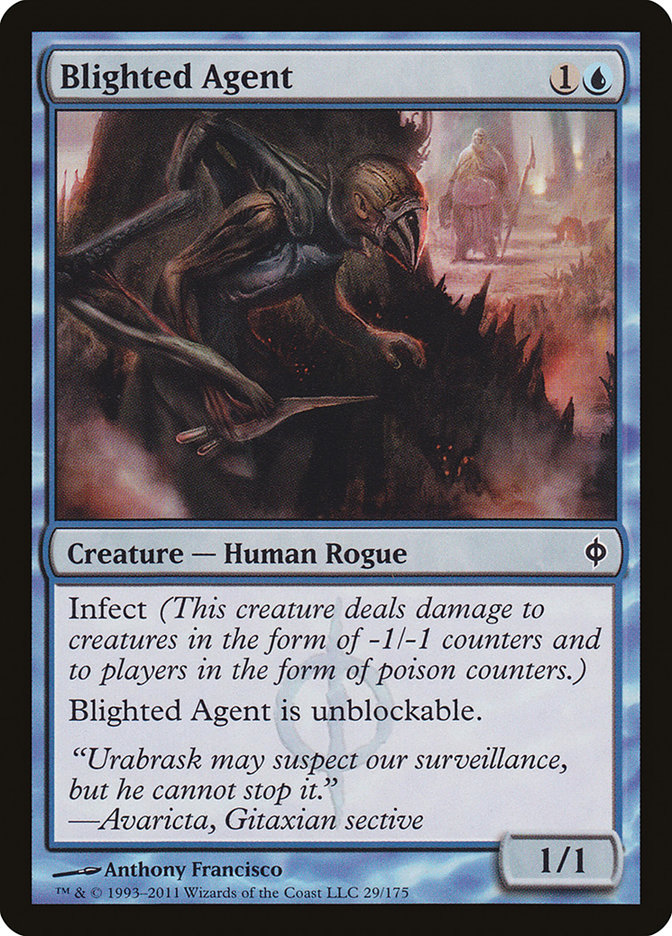

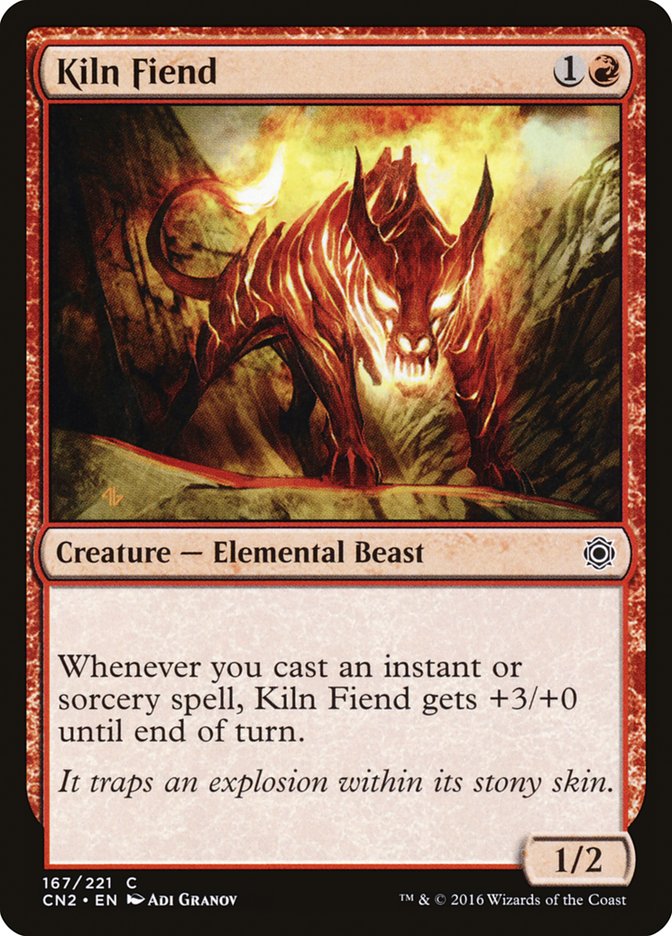
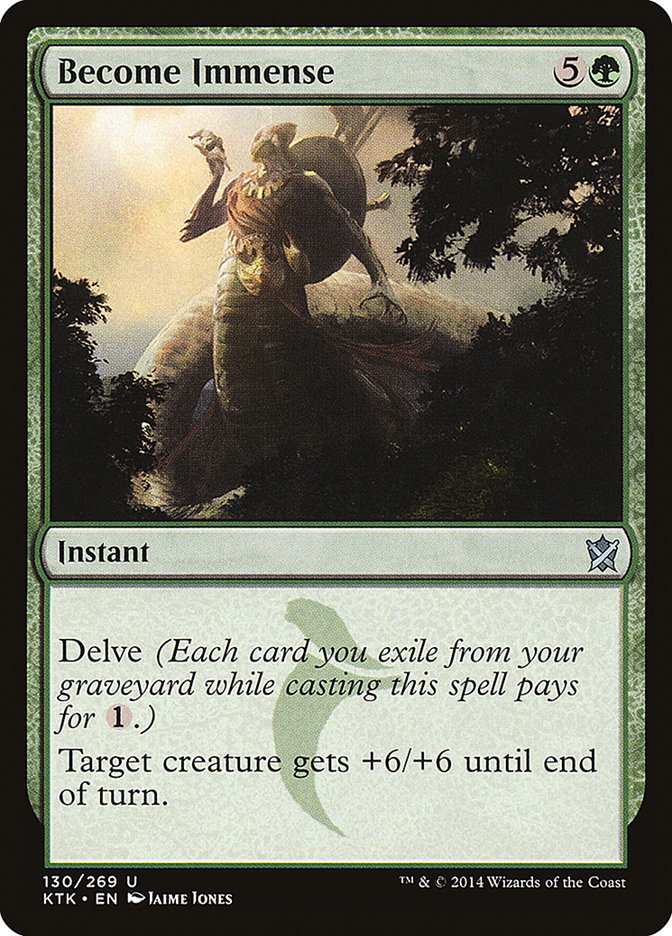




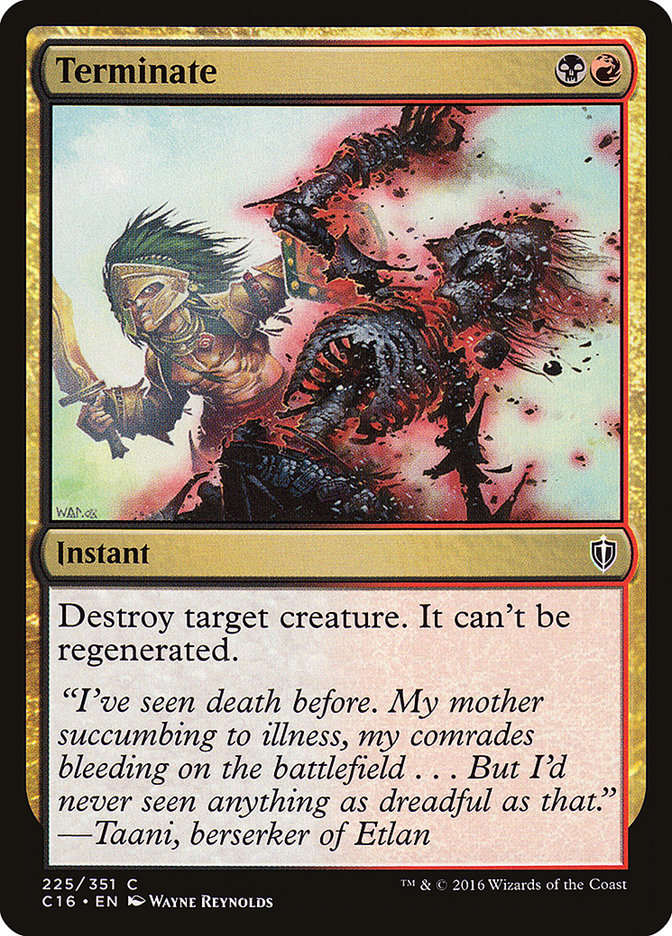

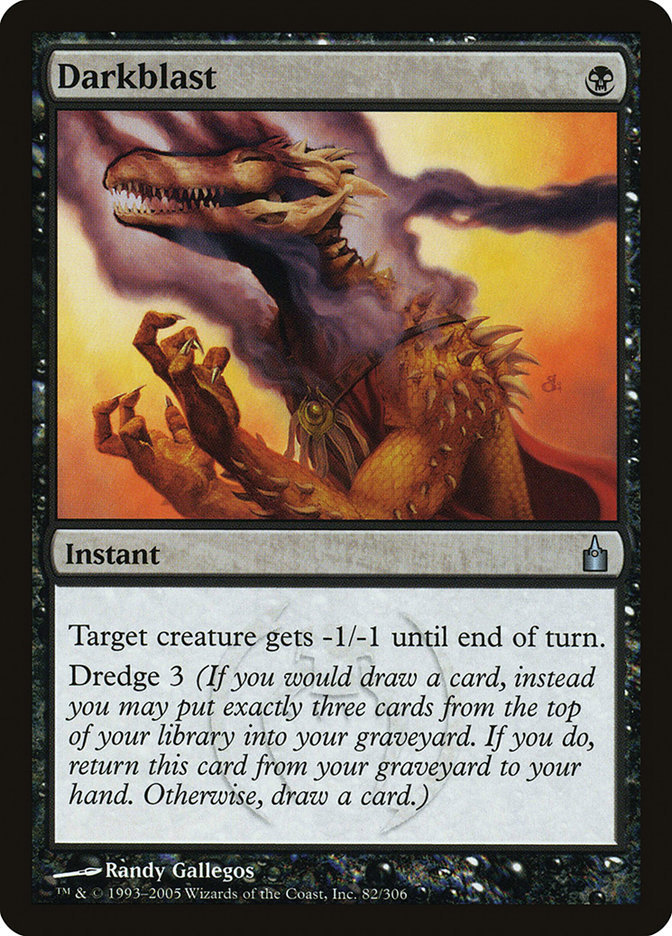

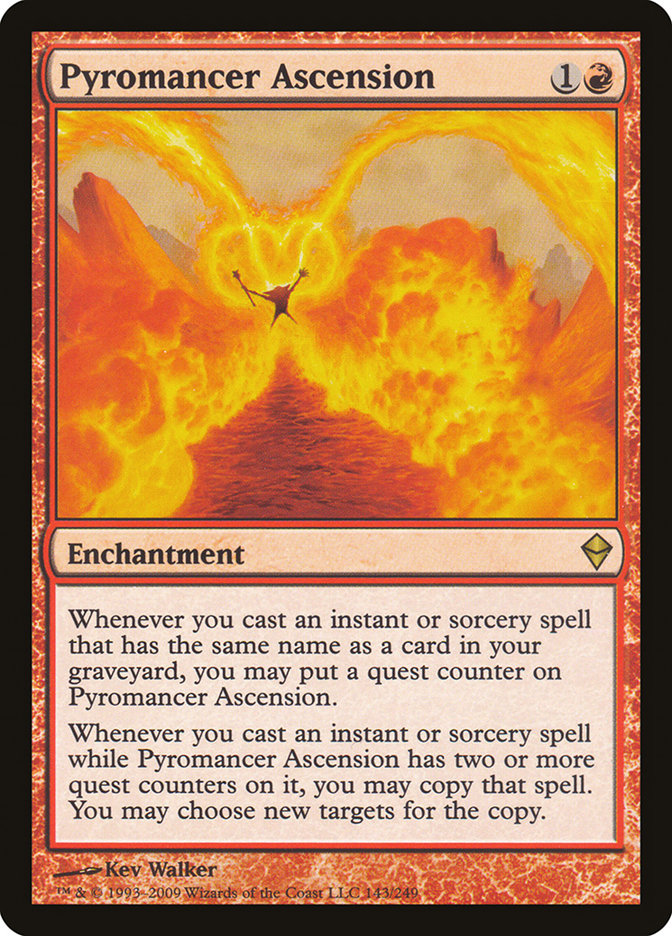
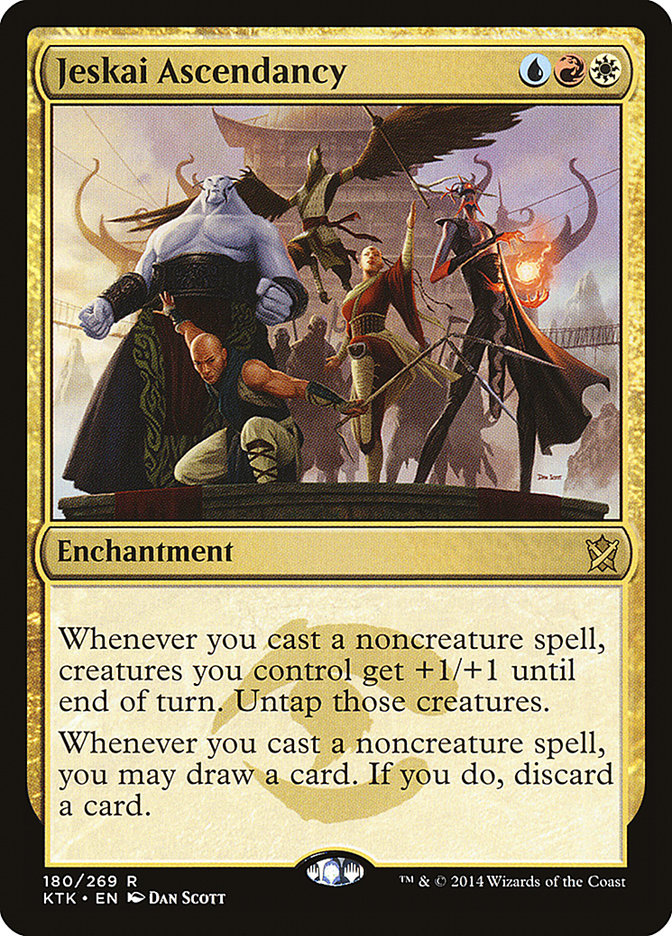 >
>